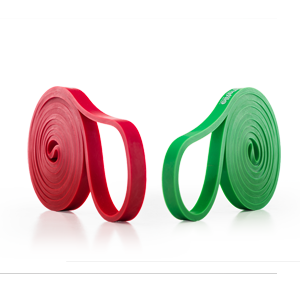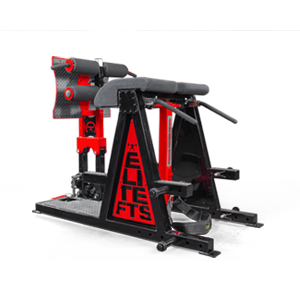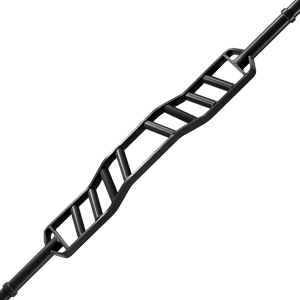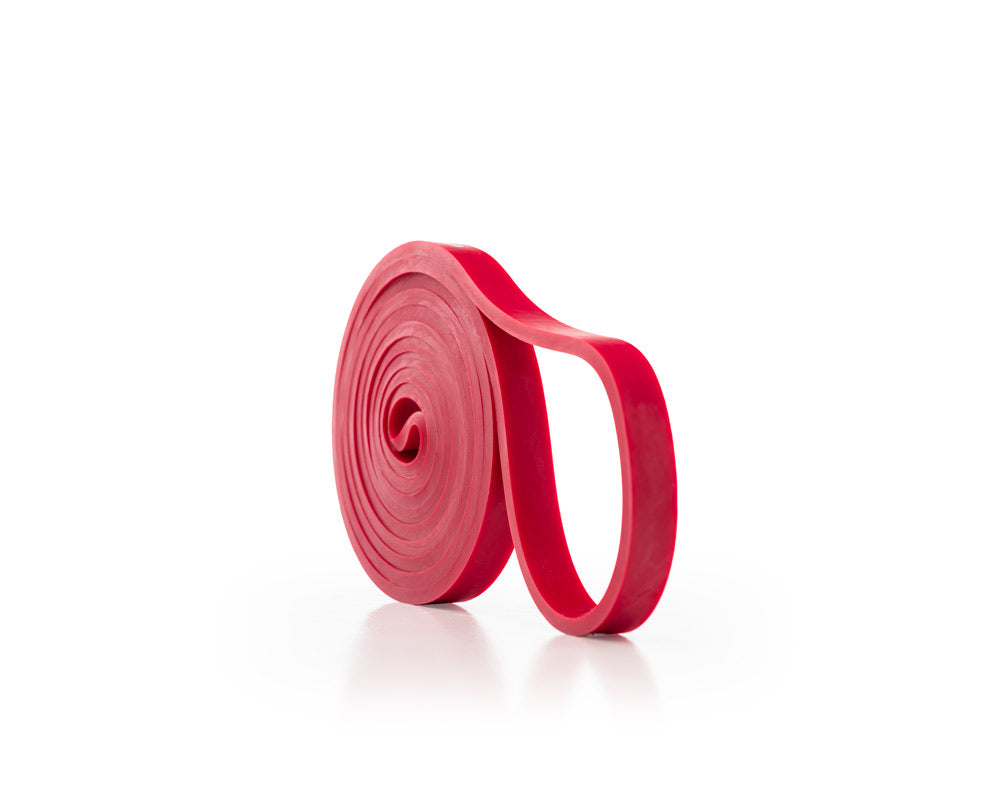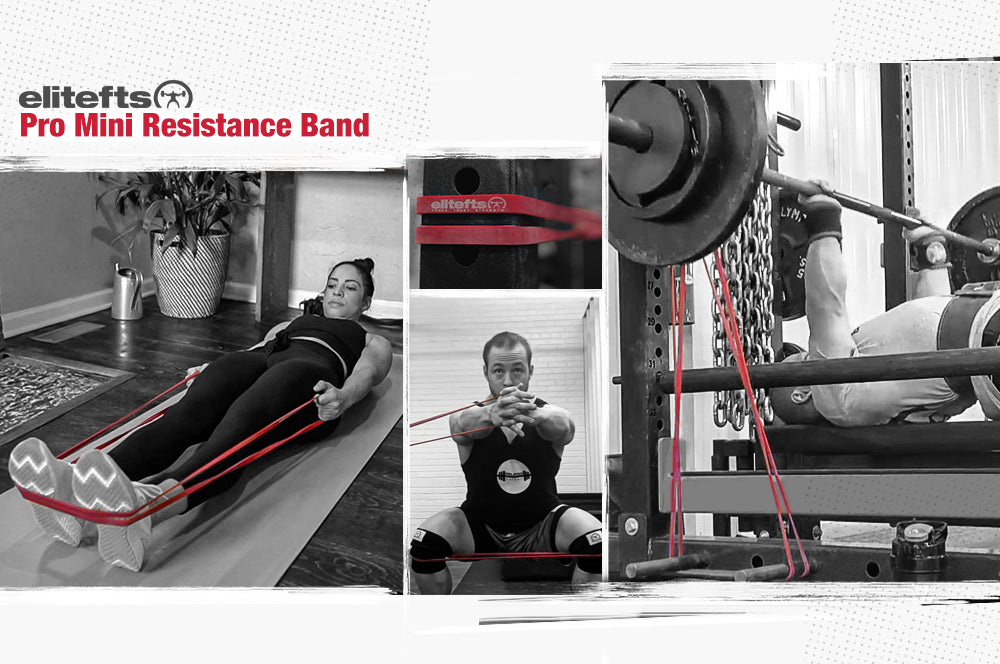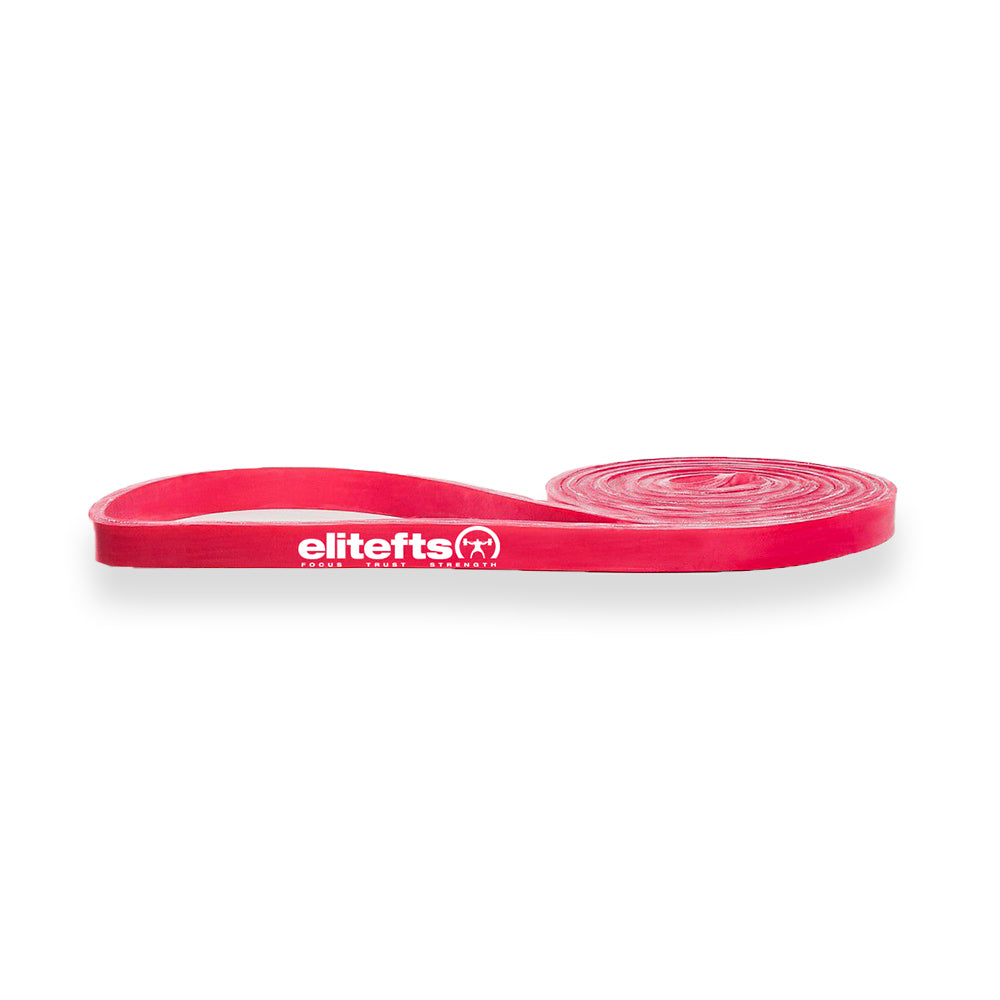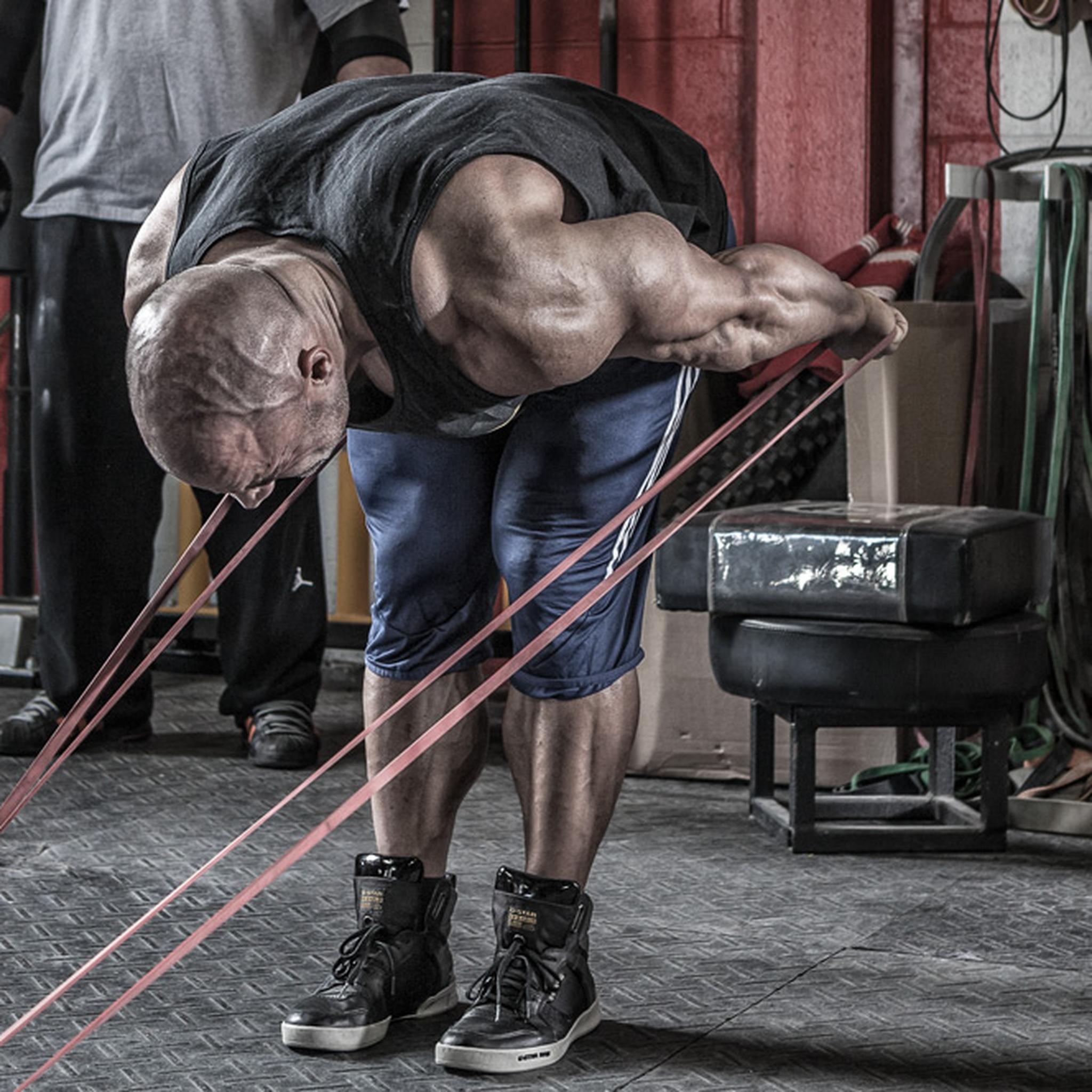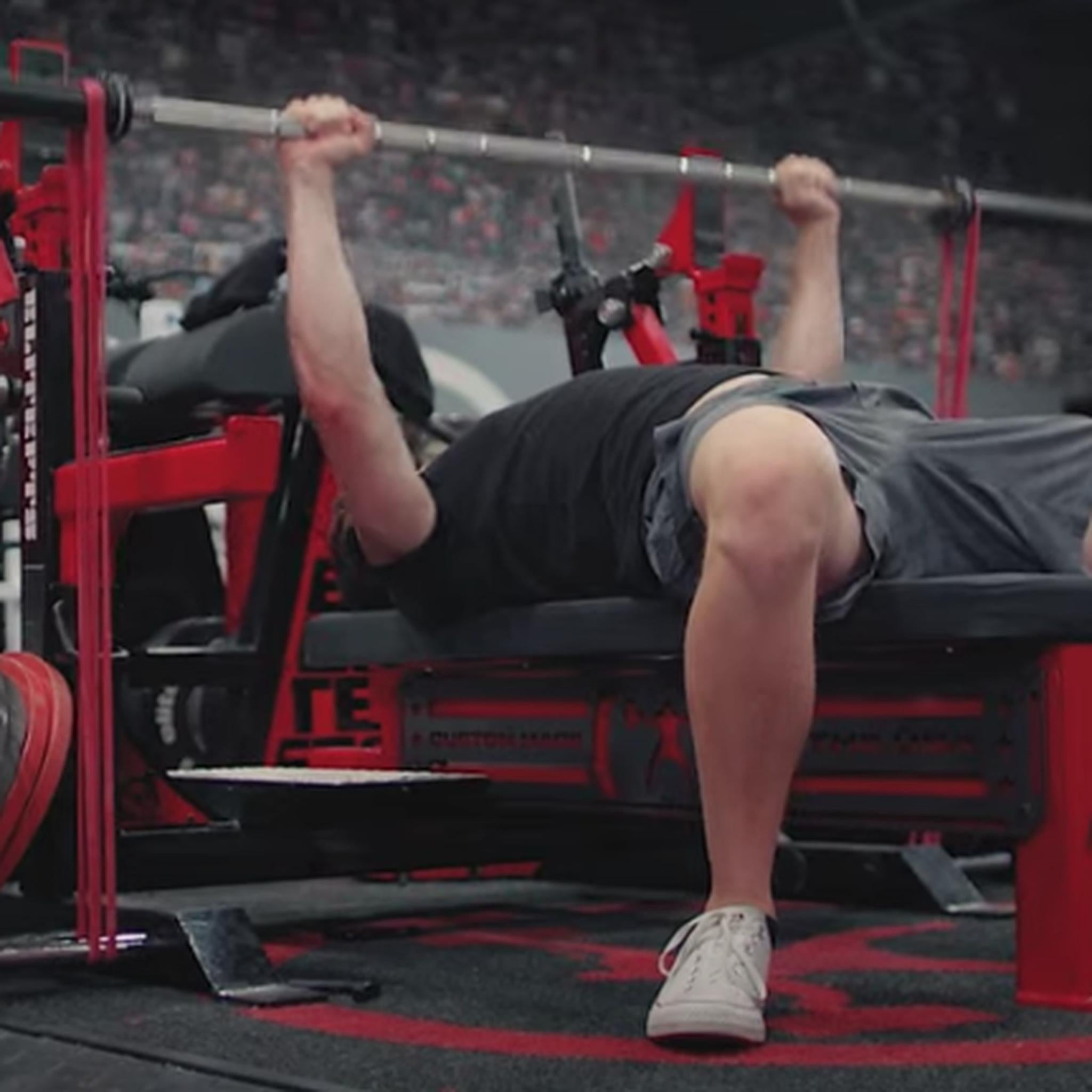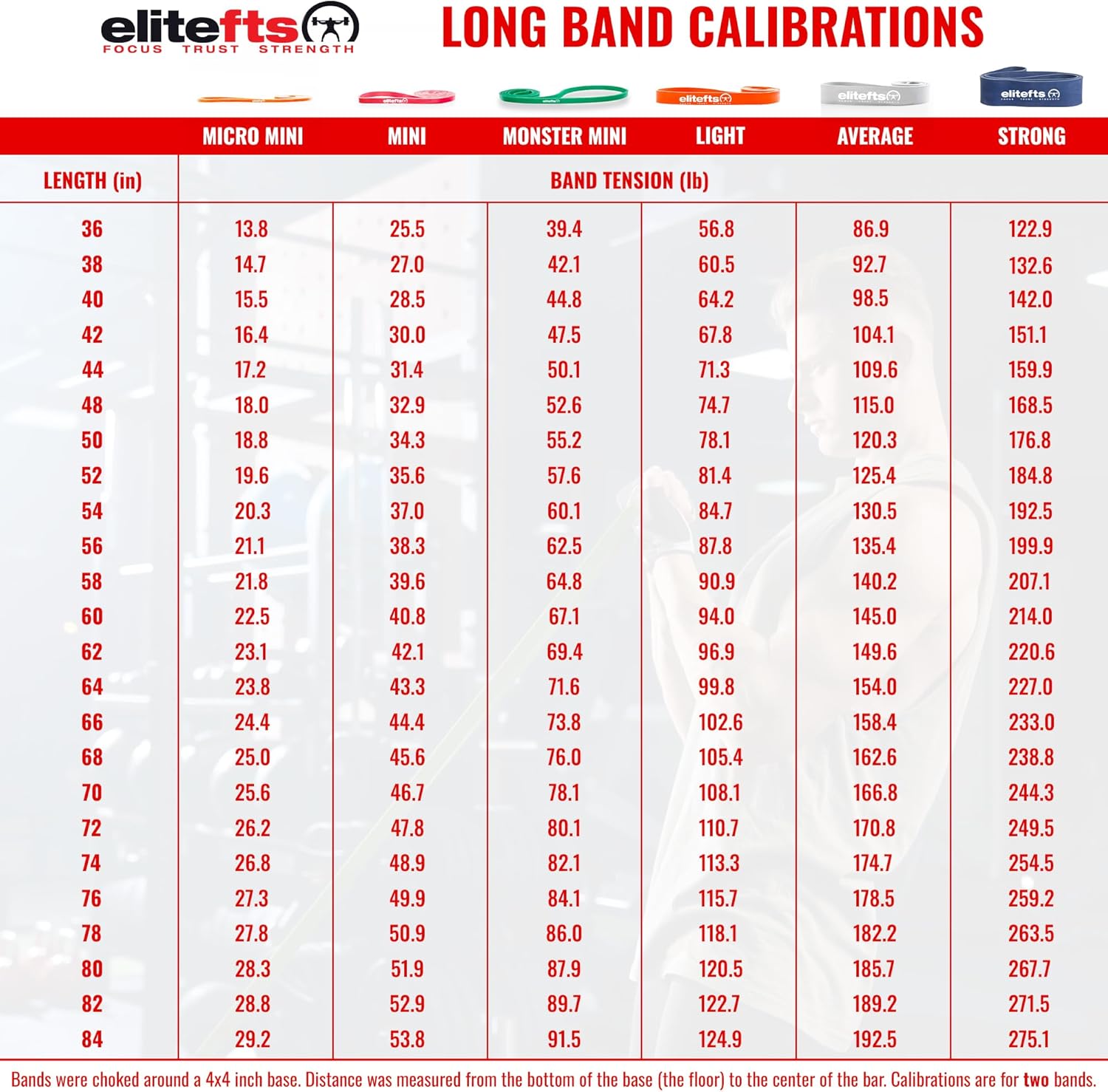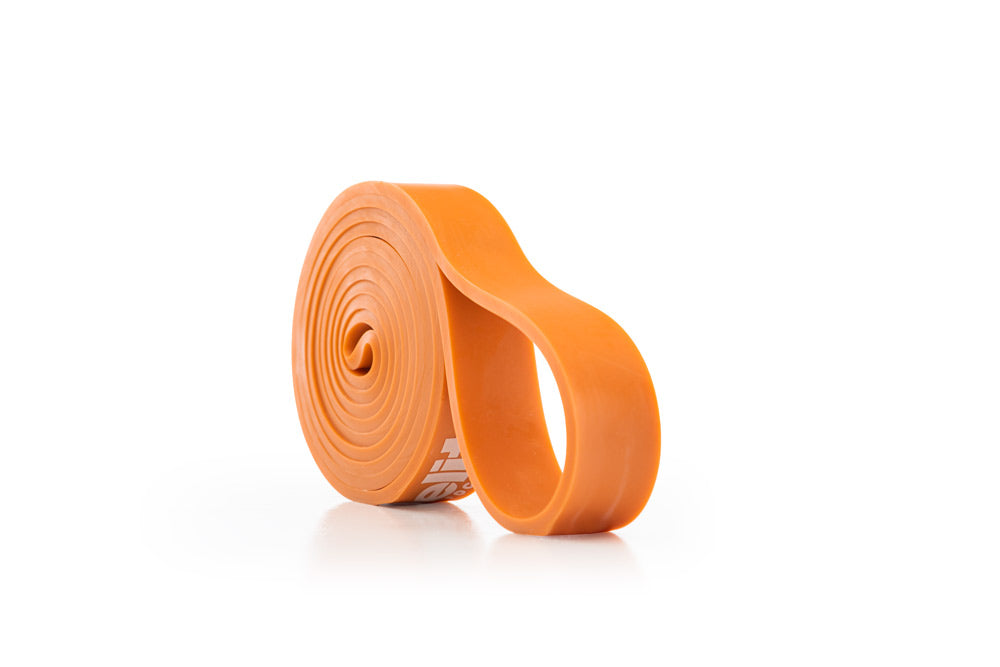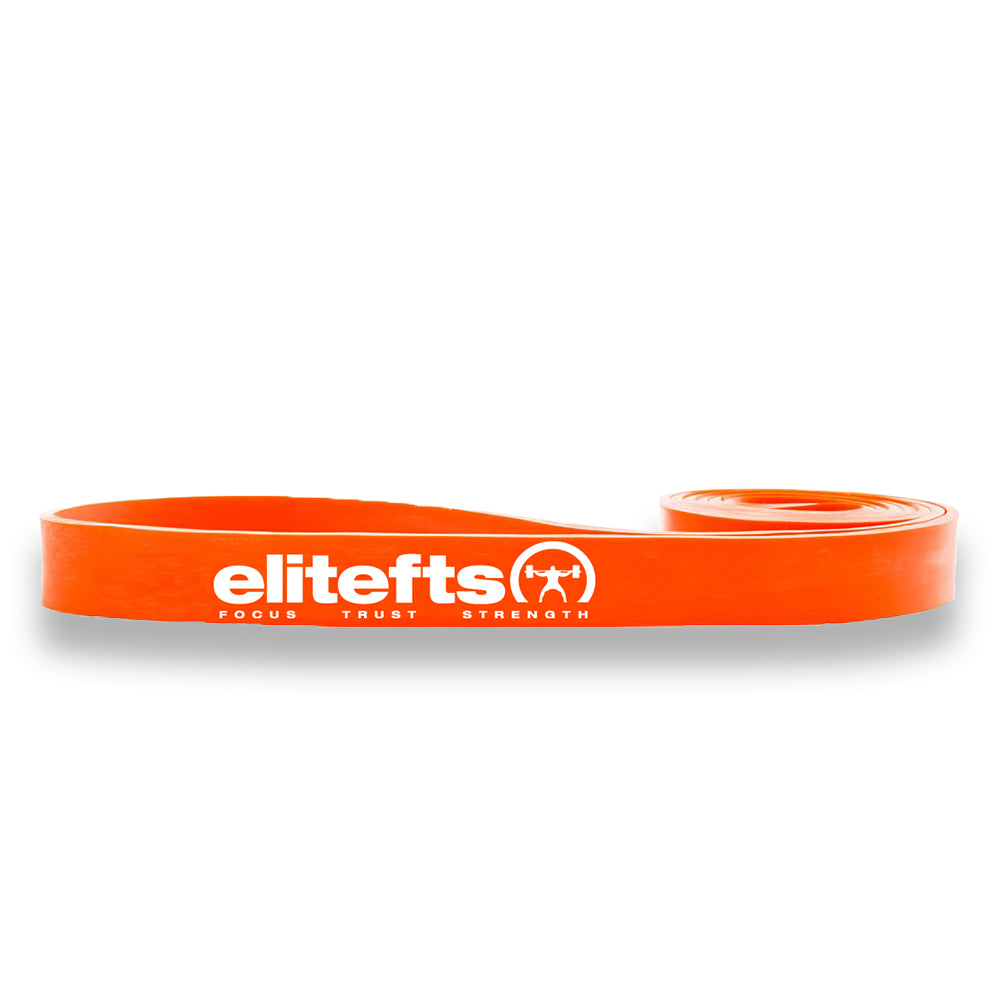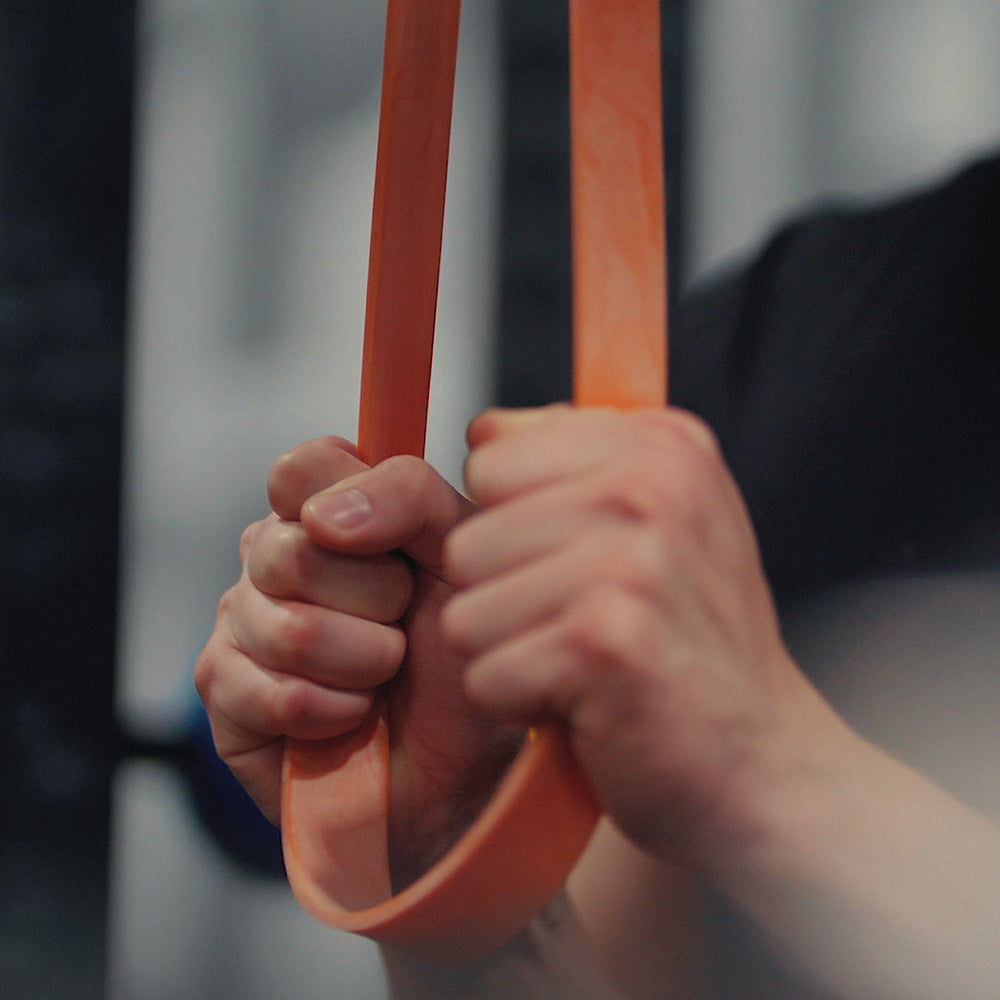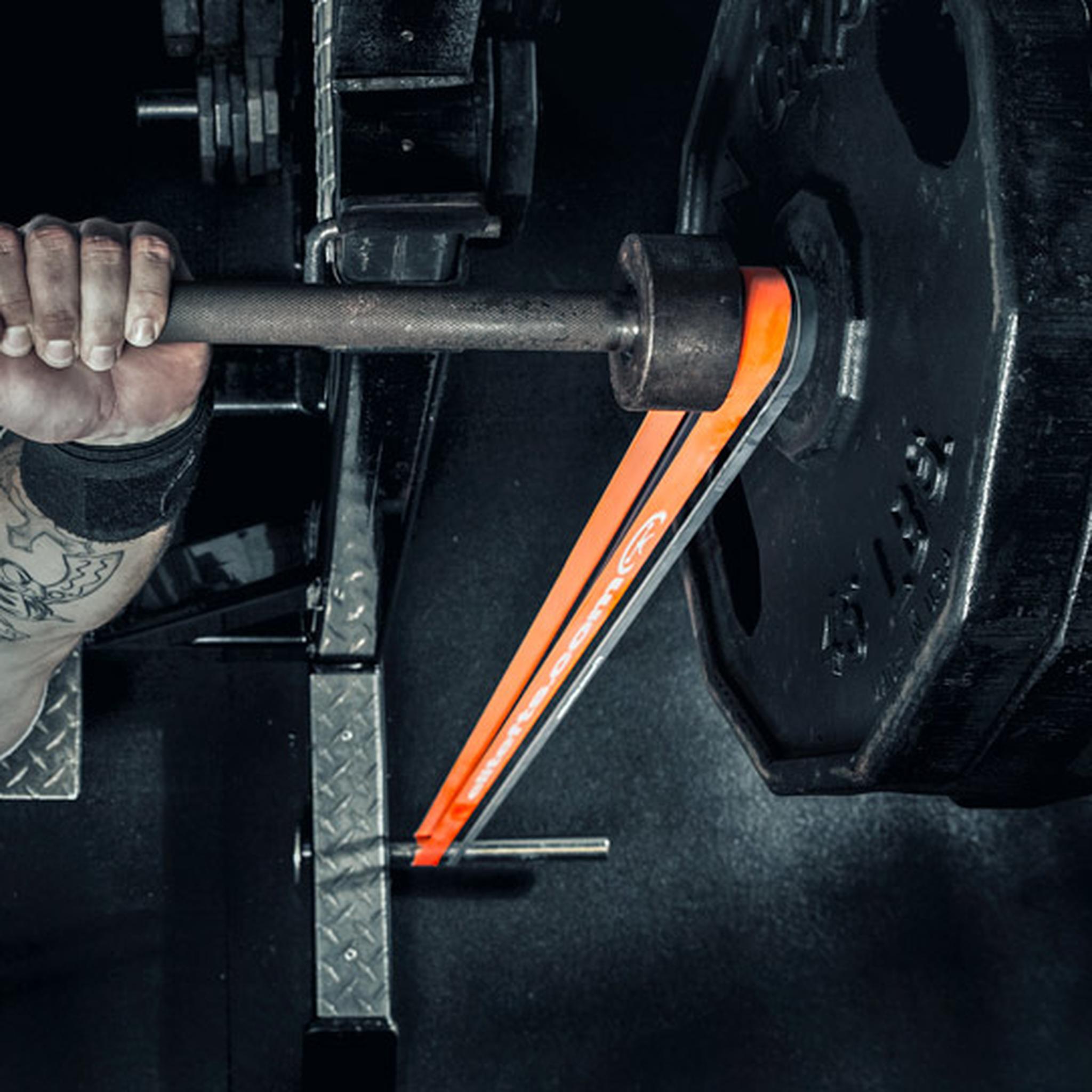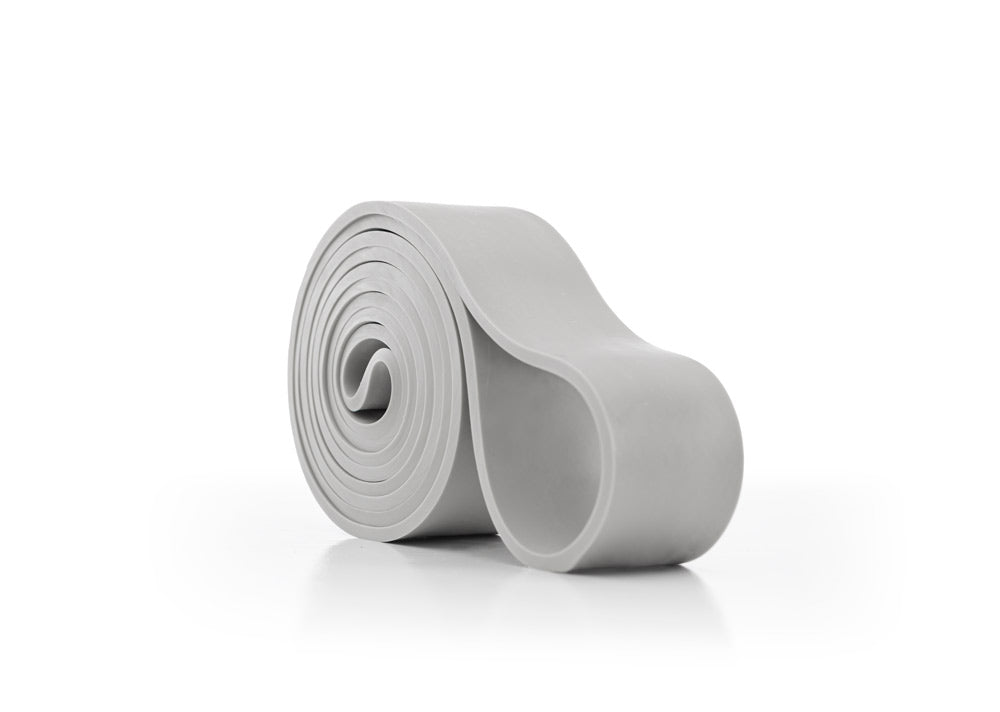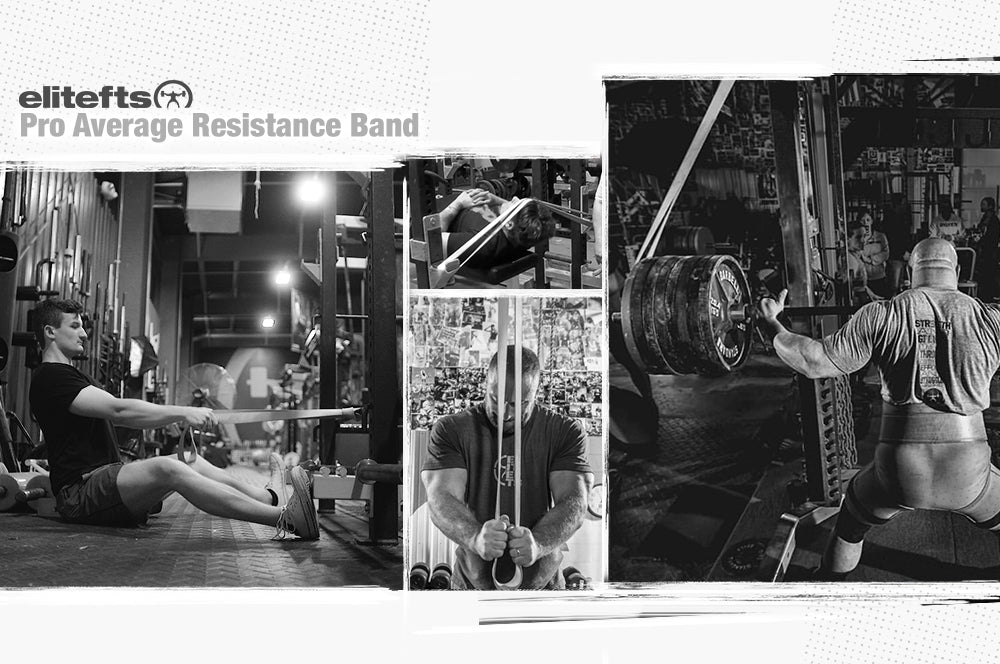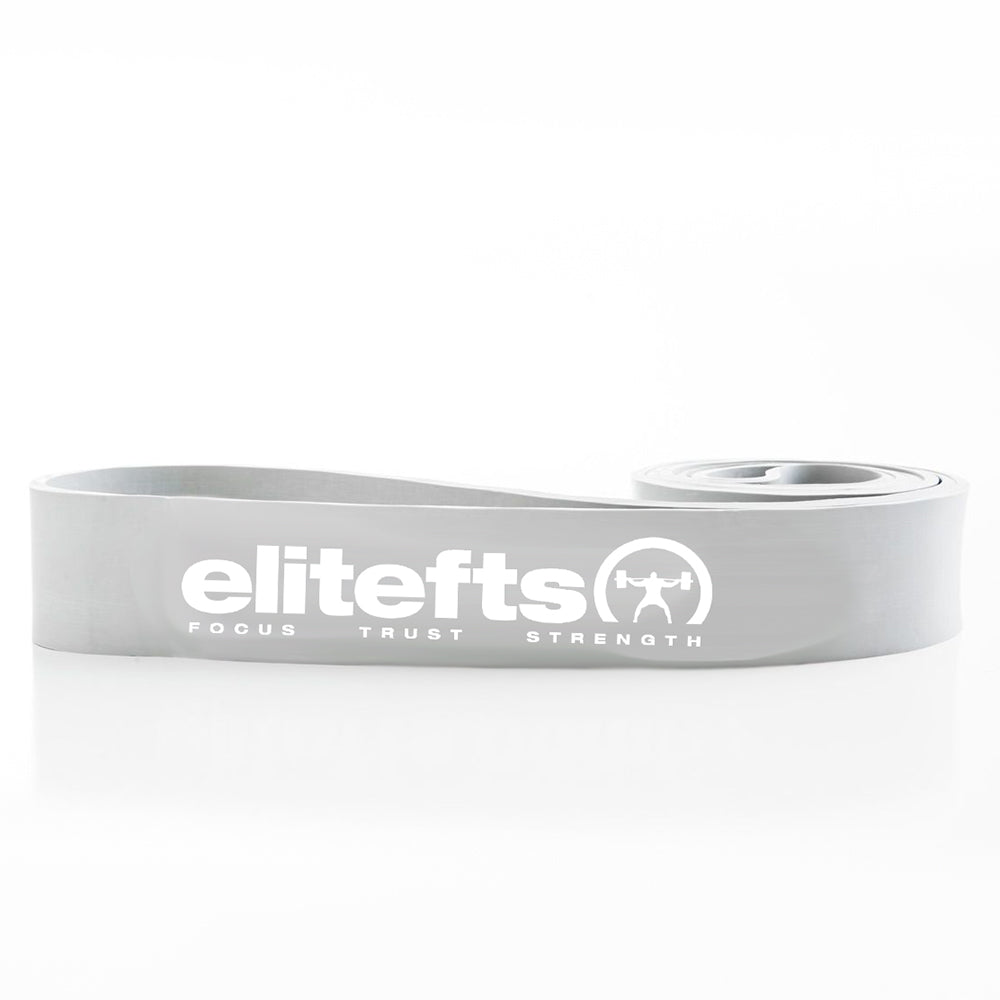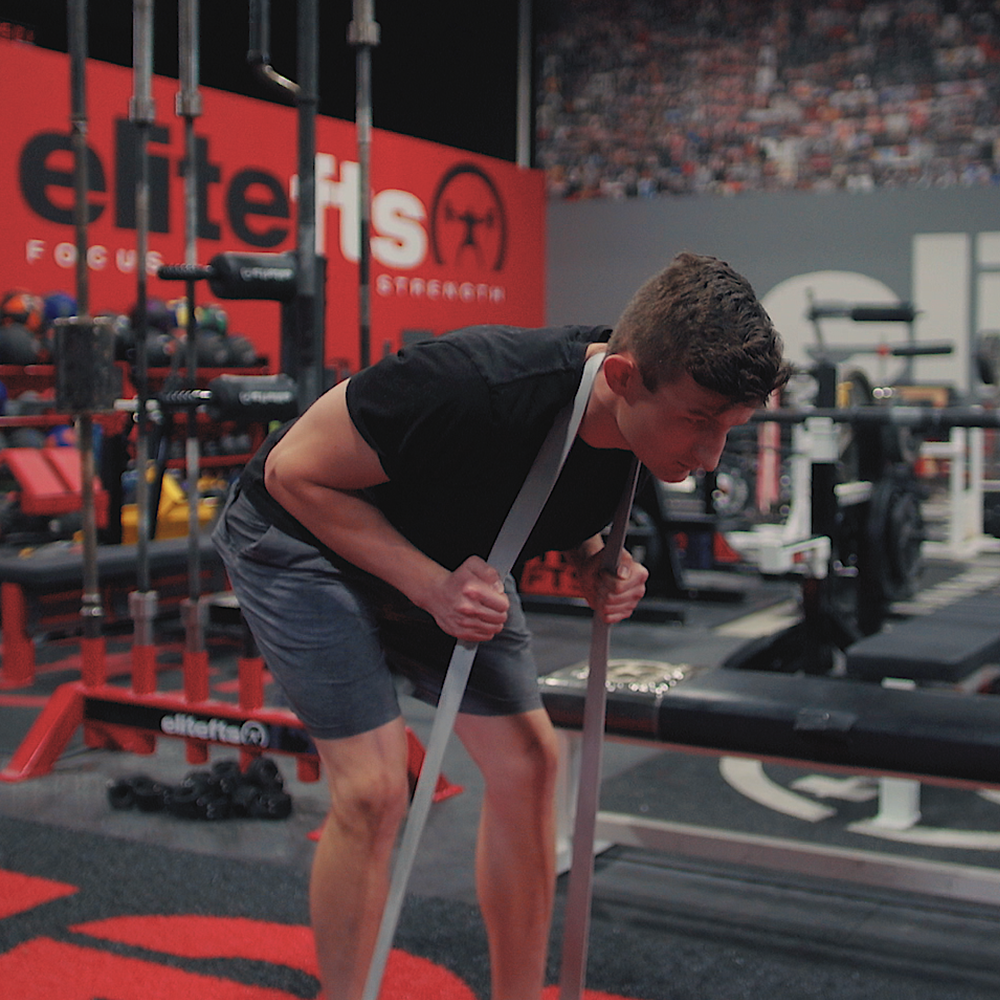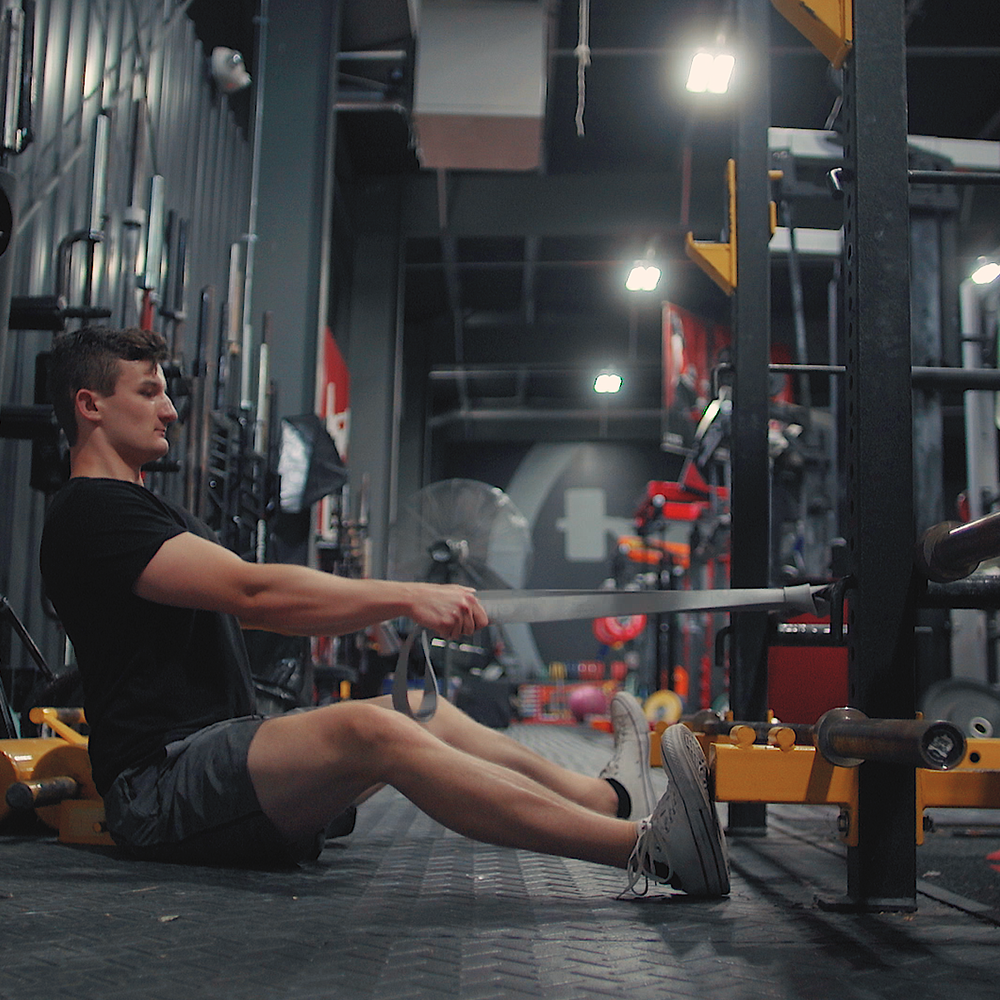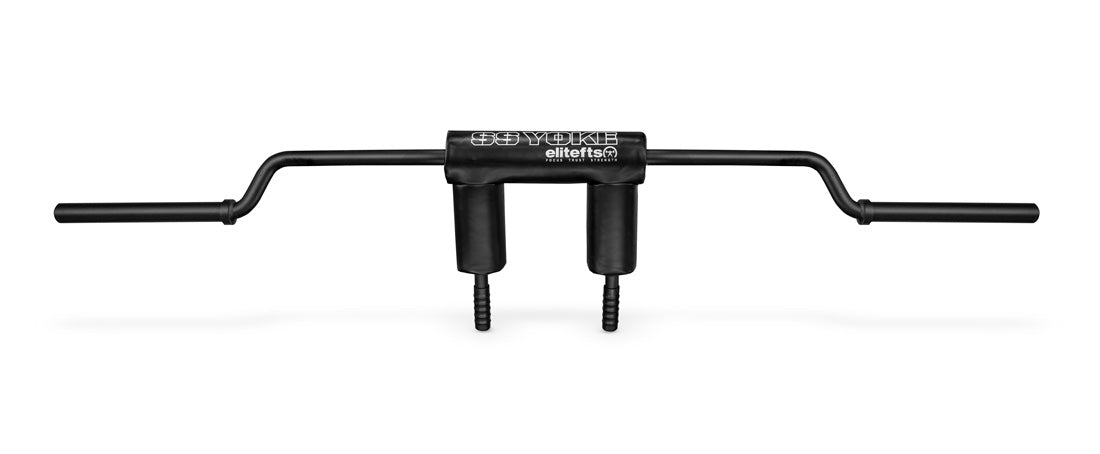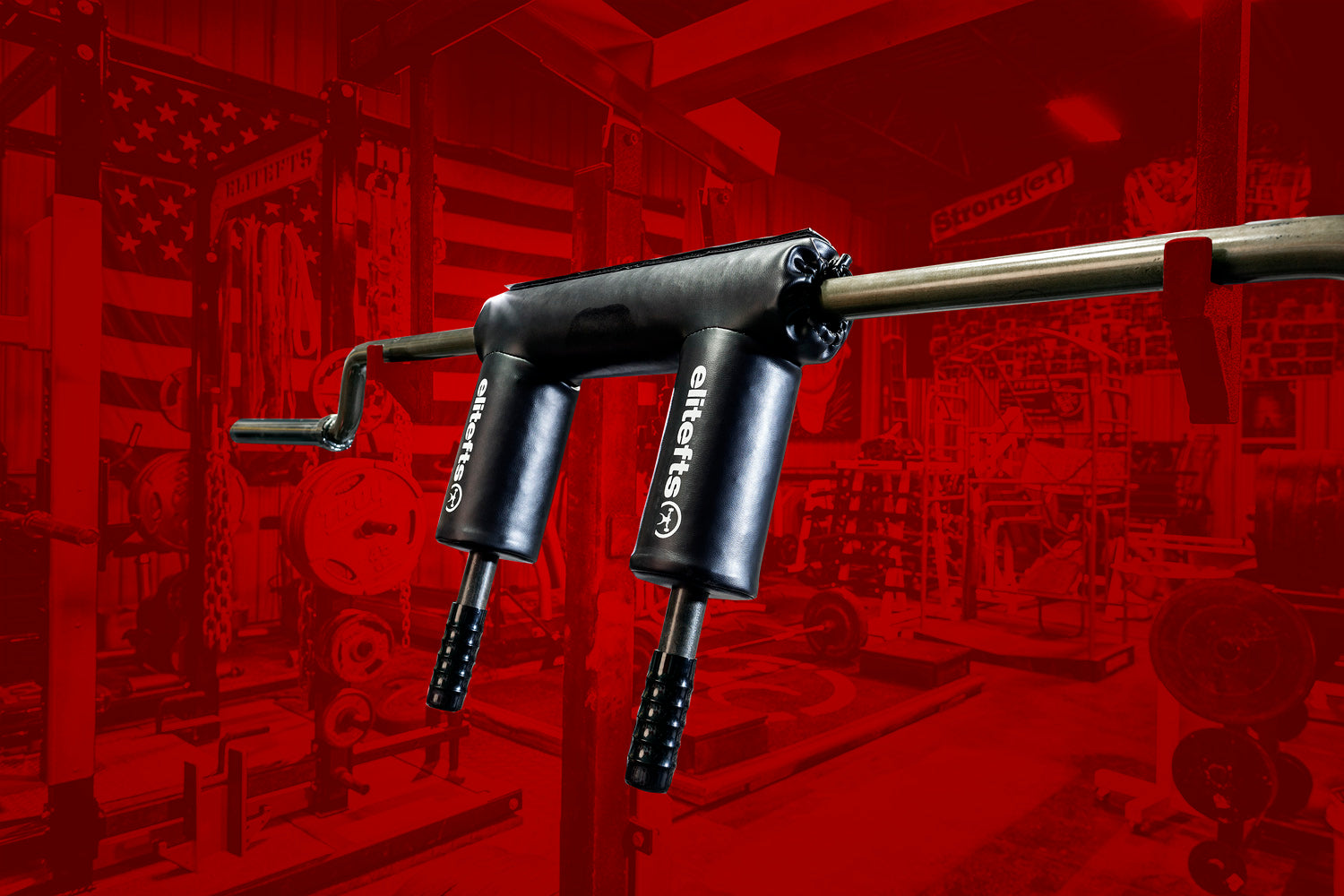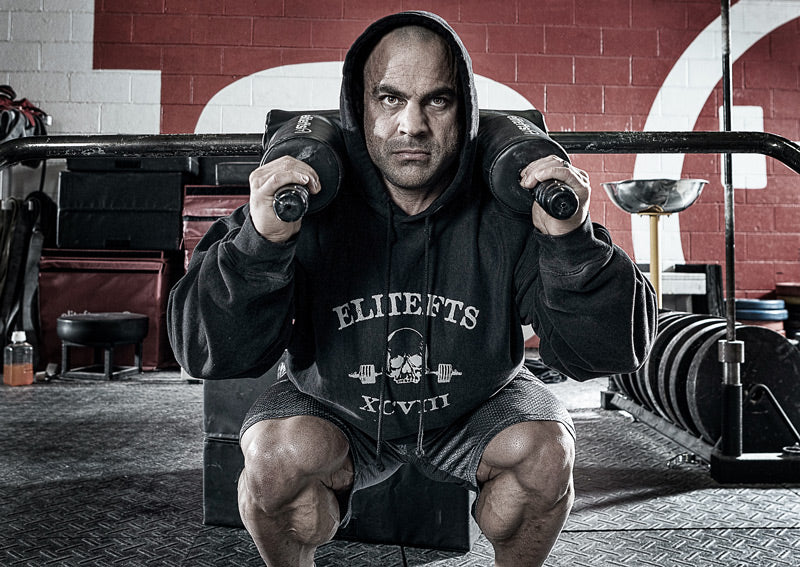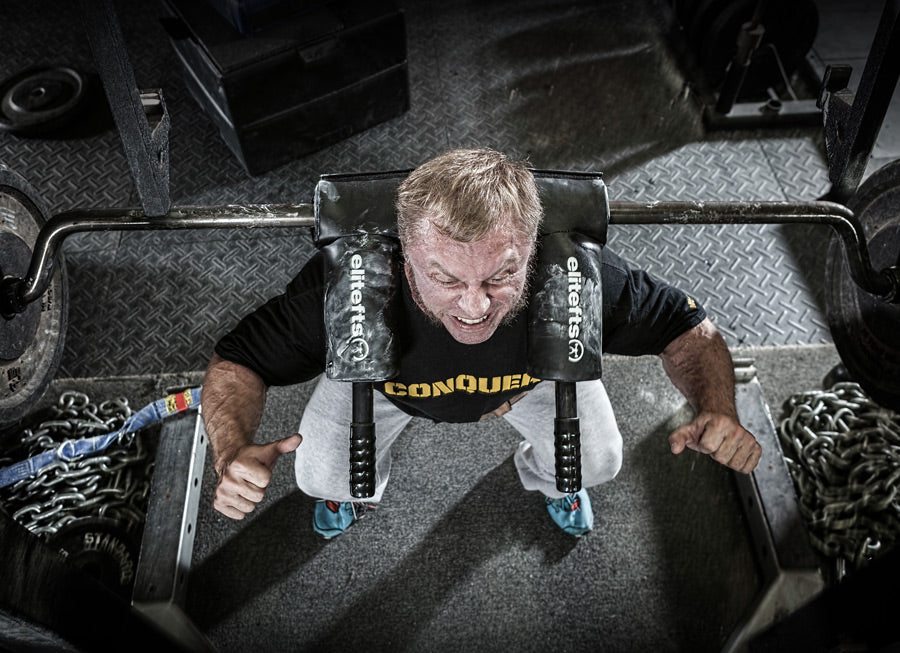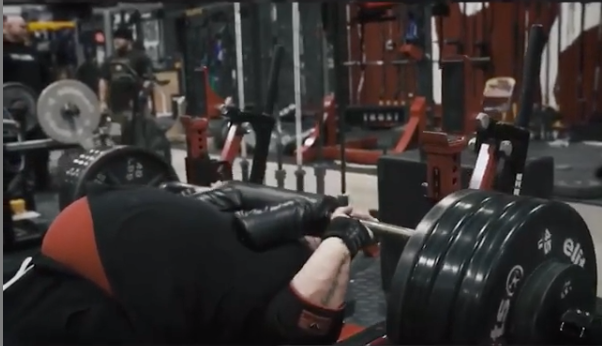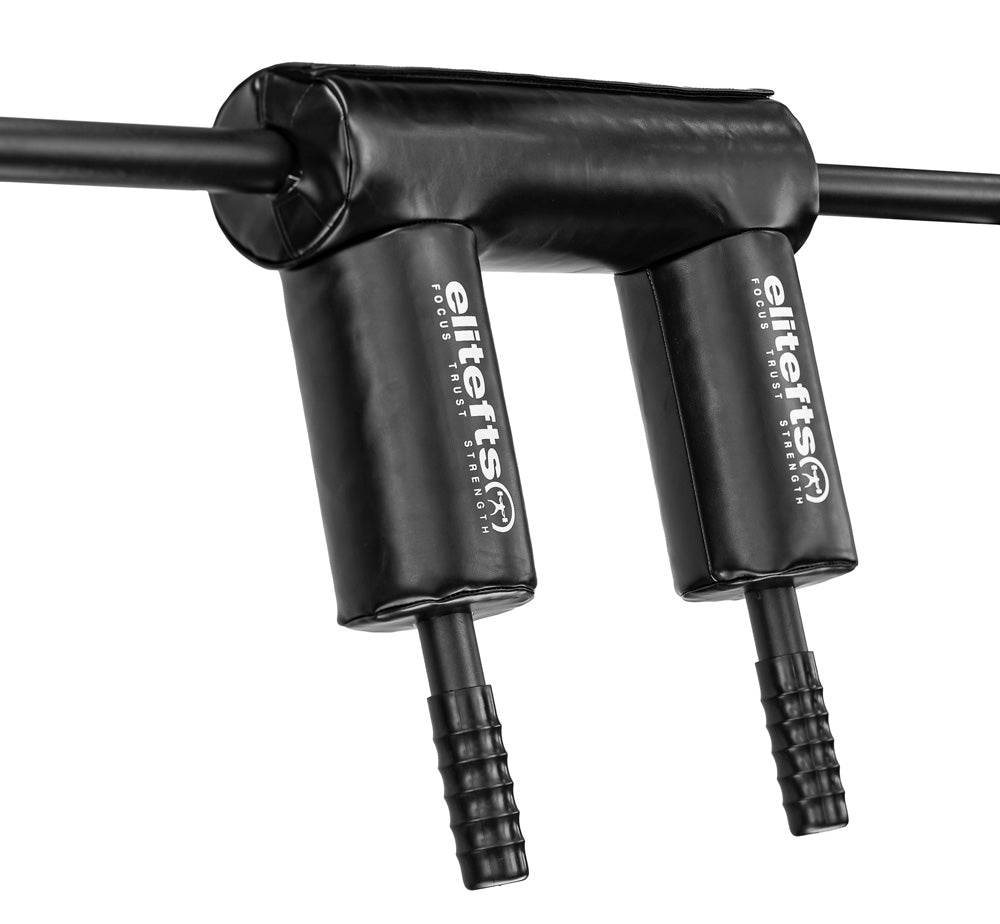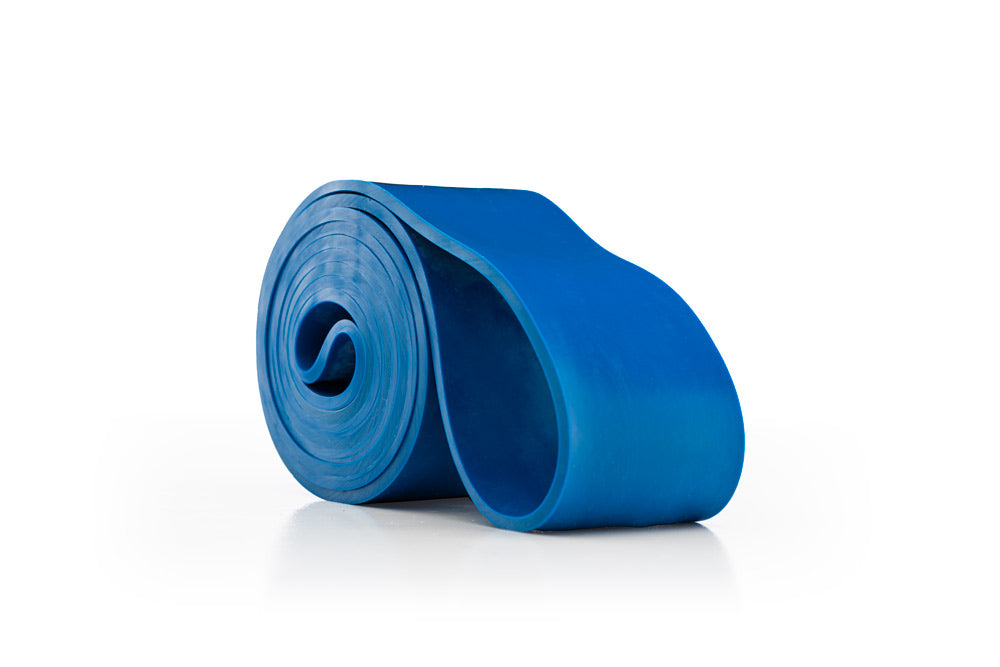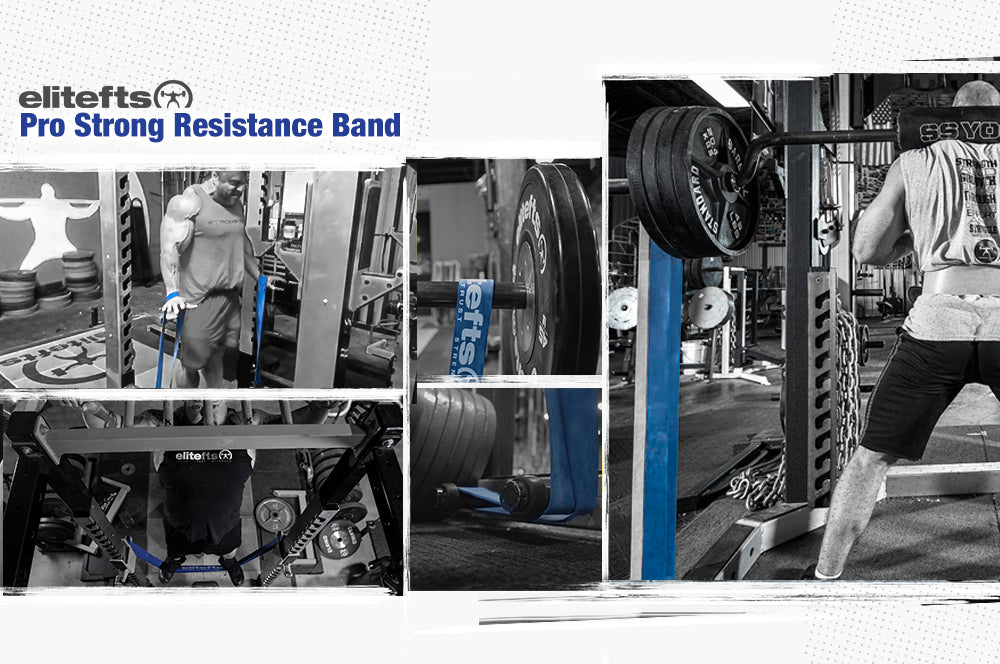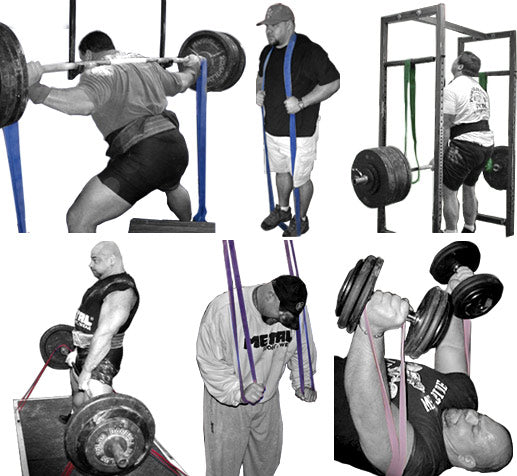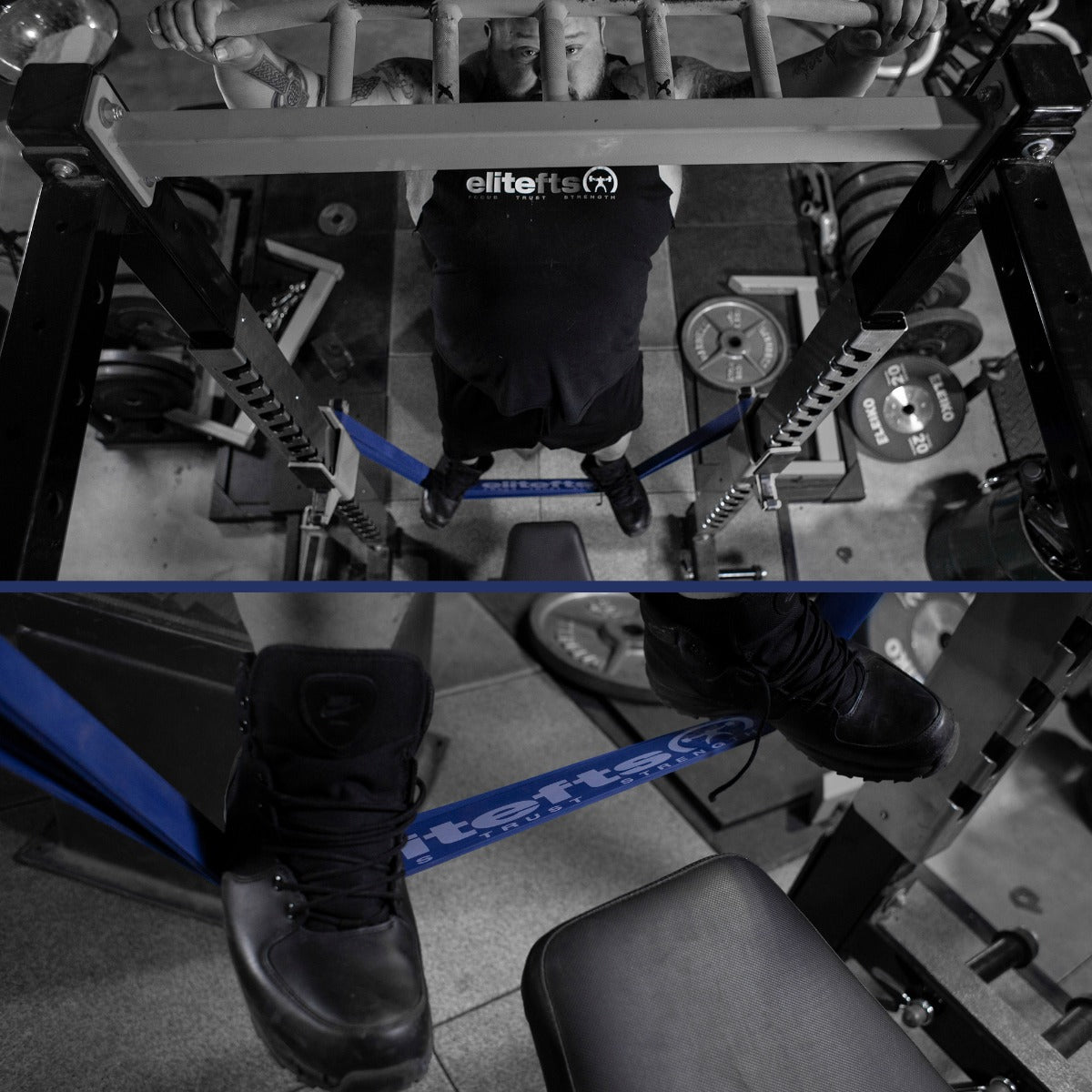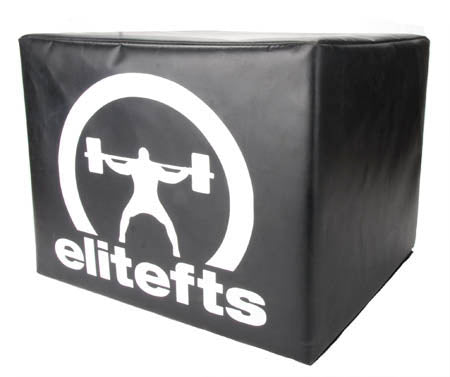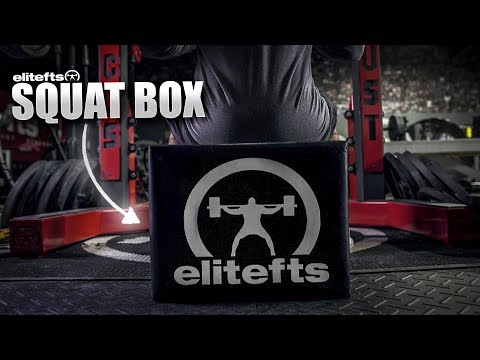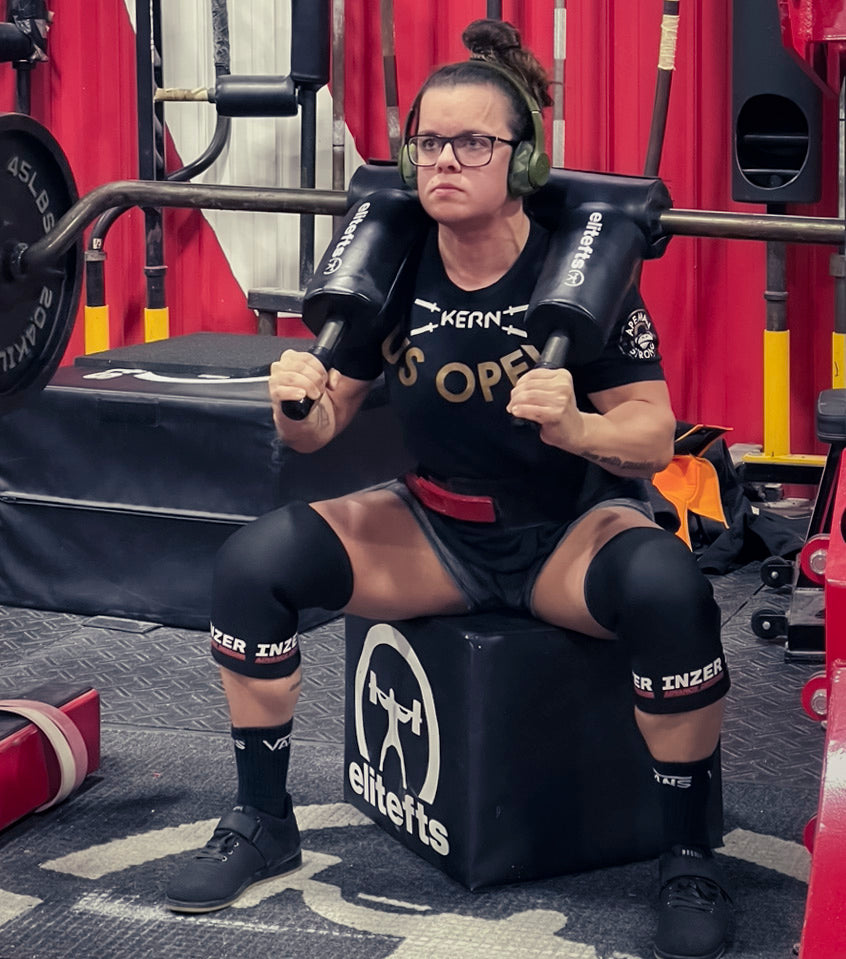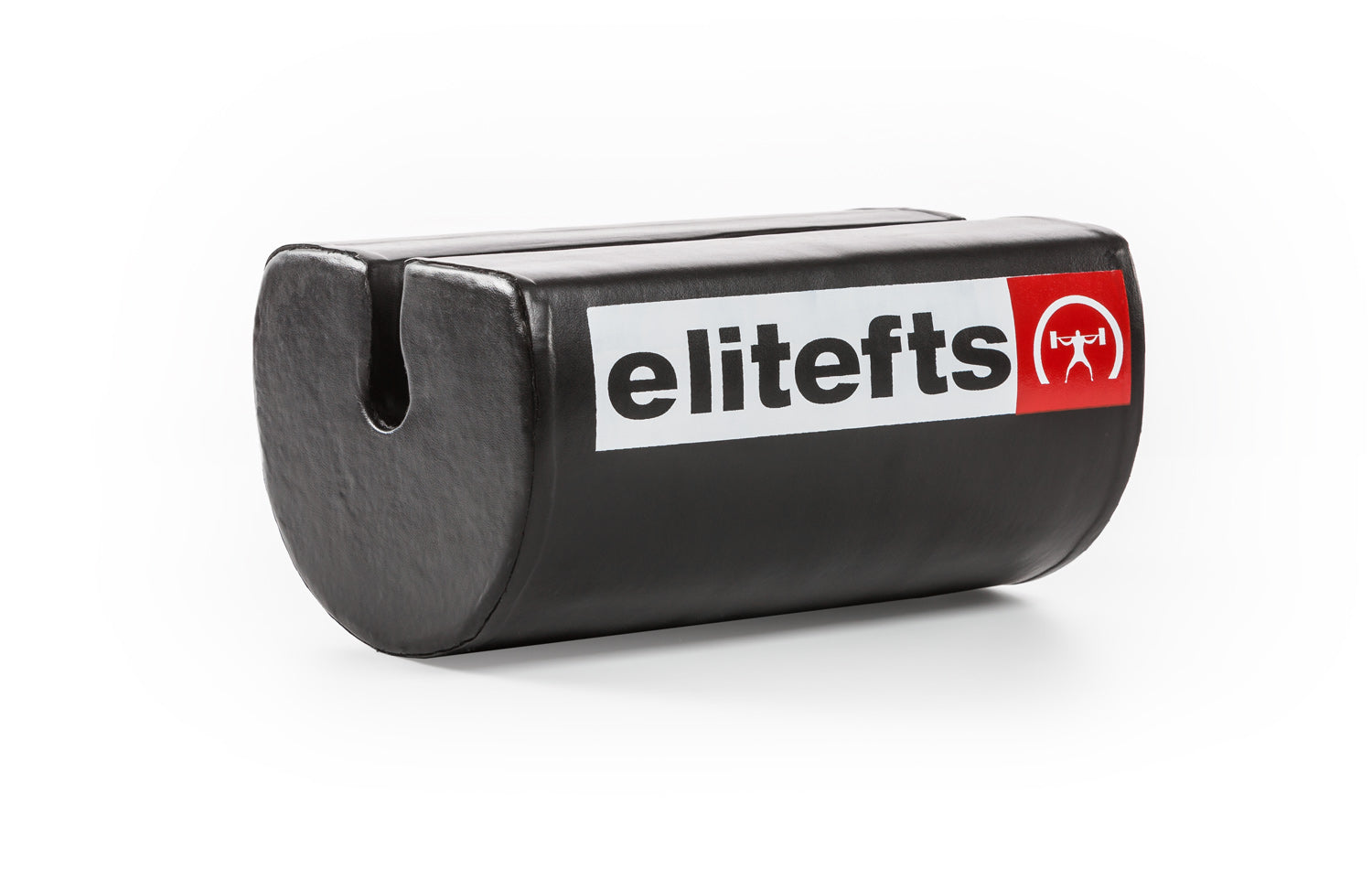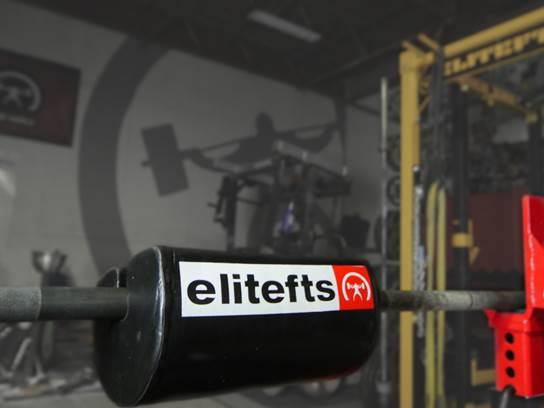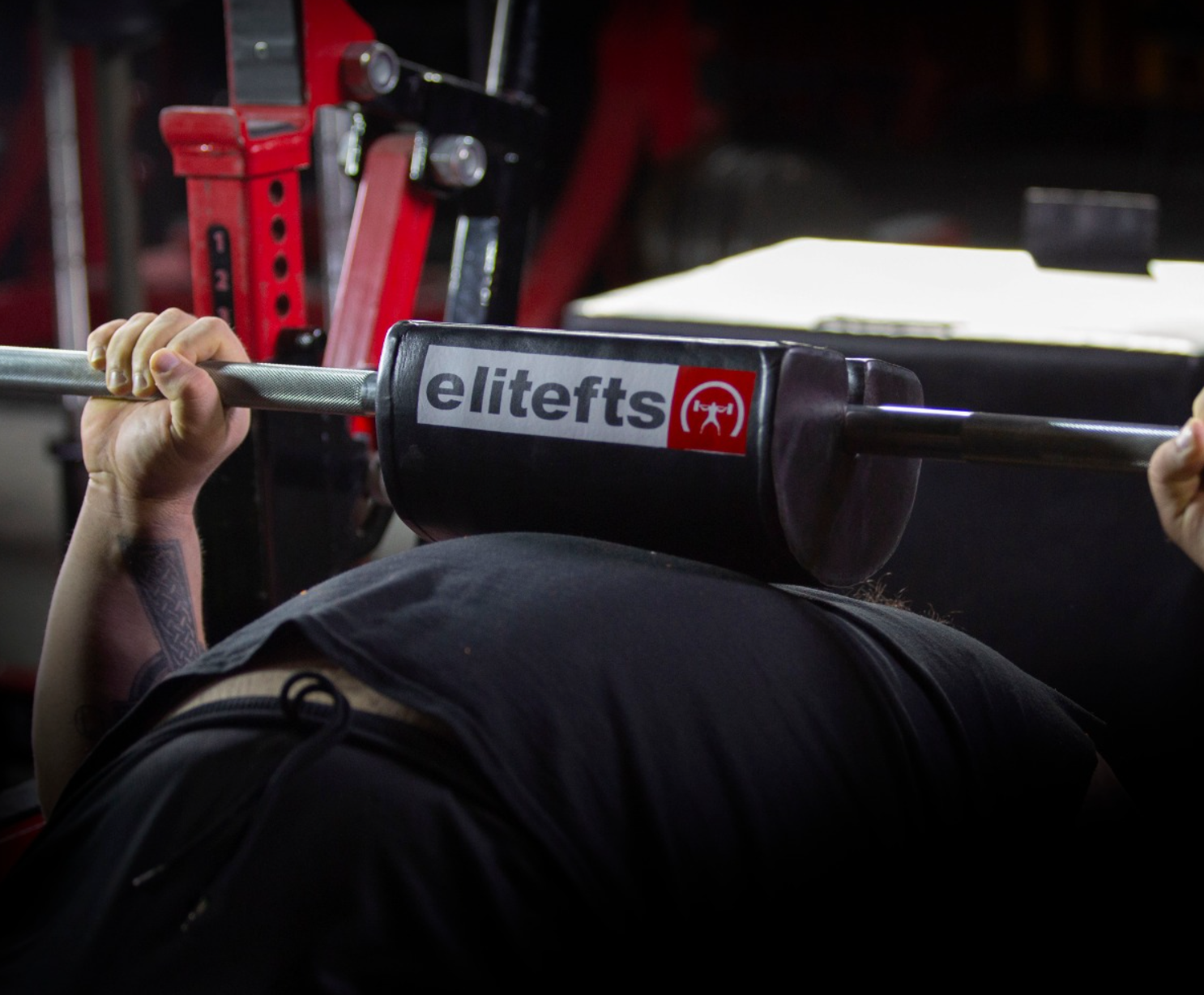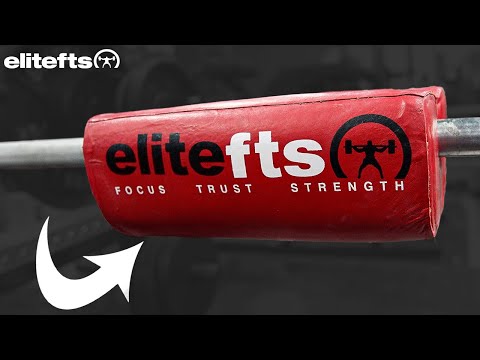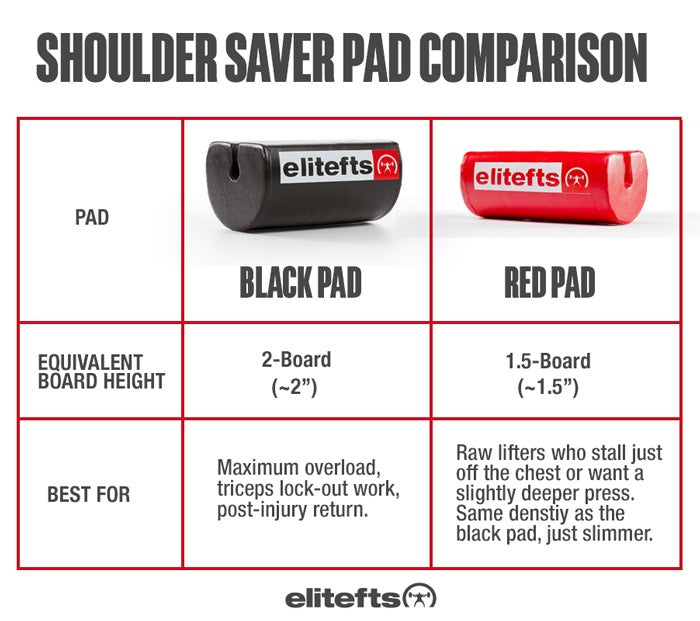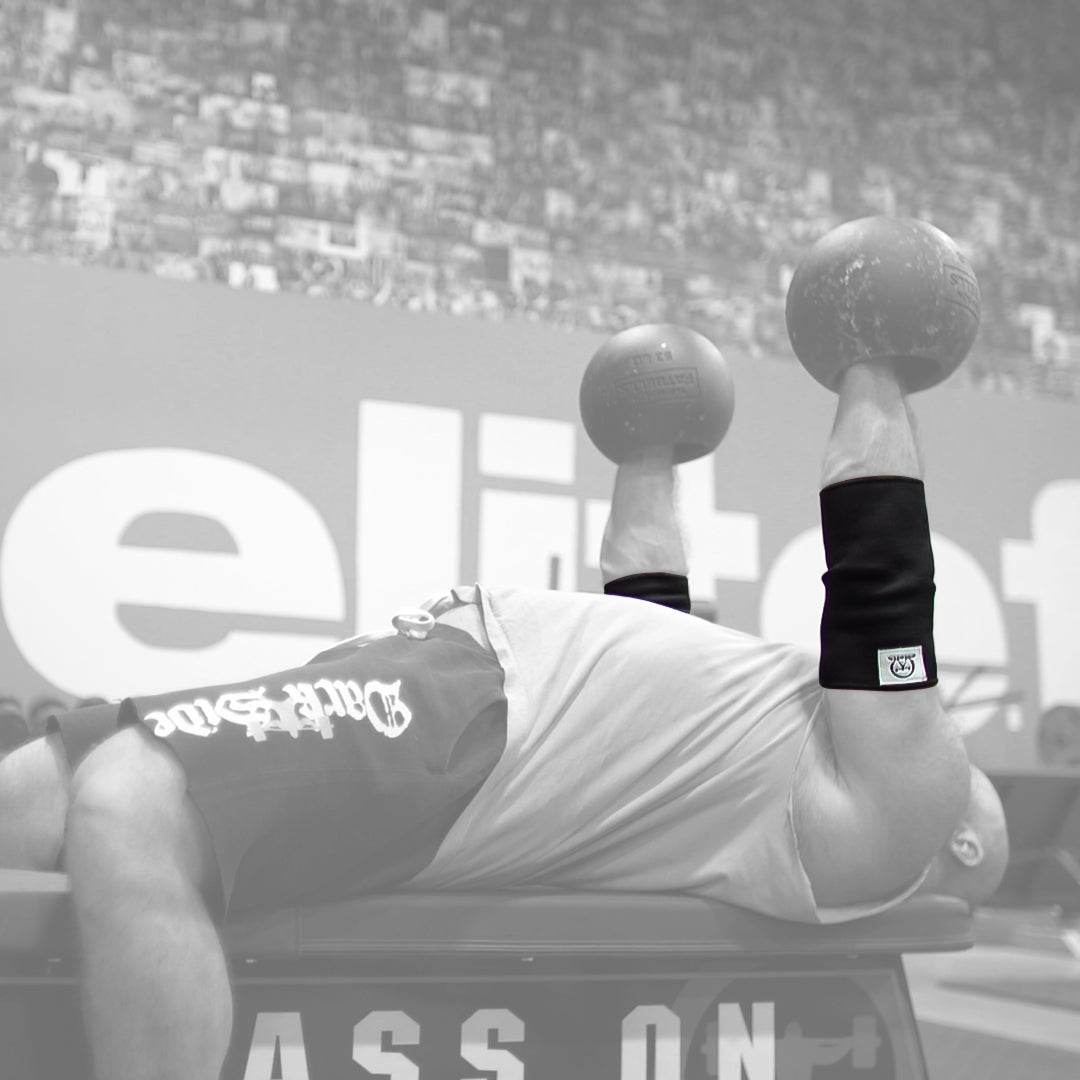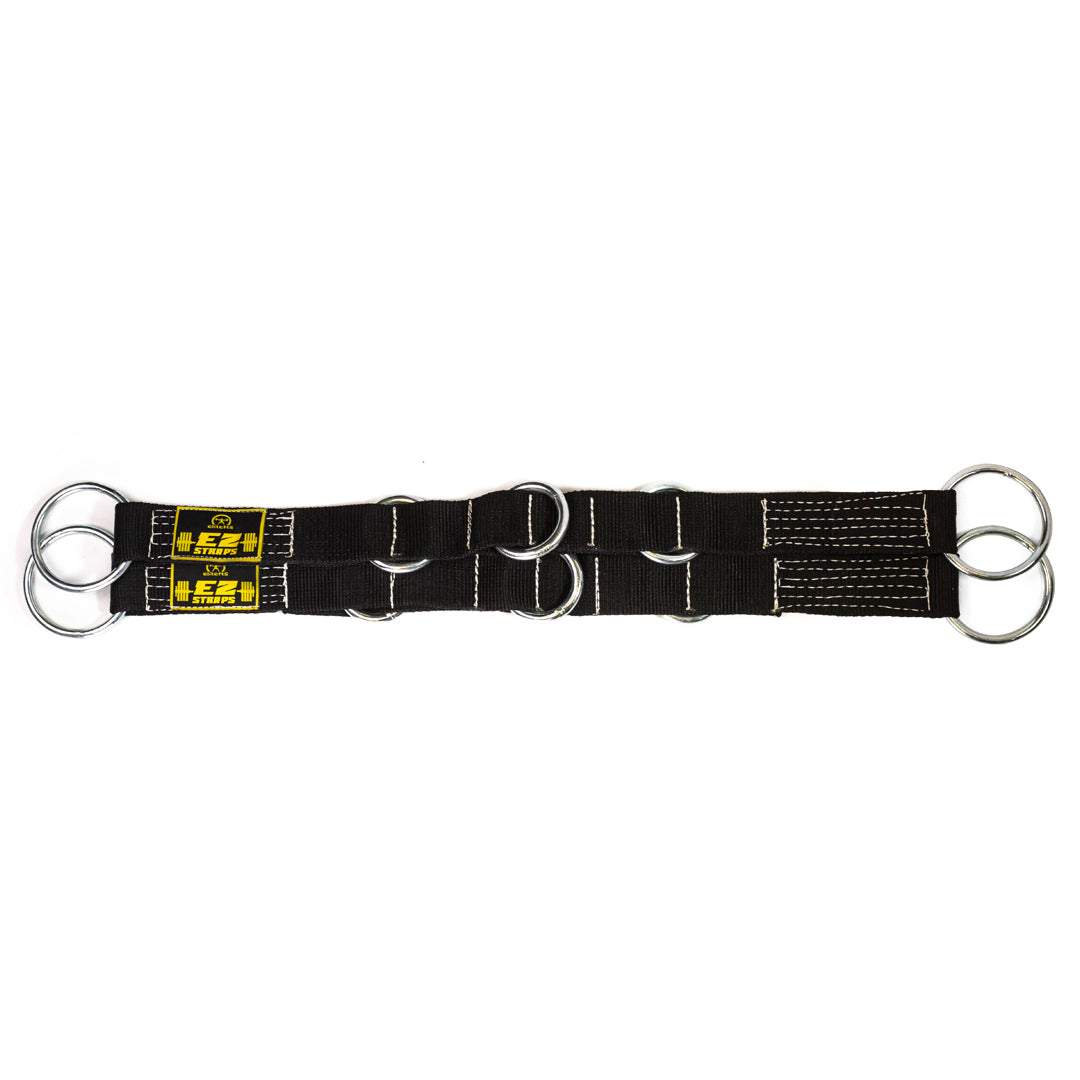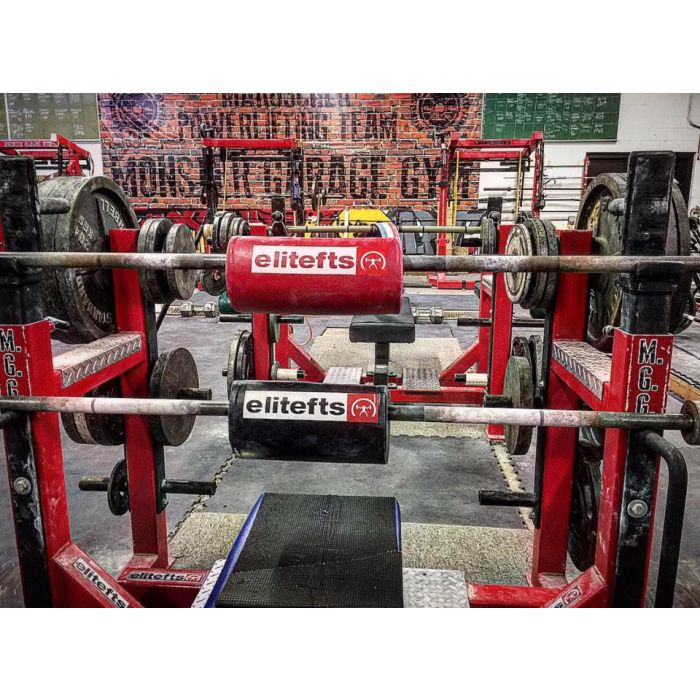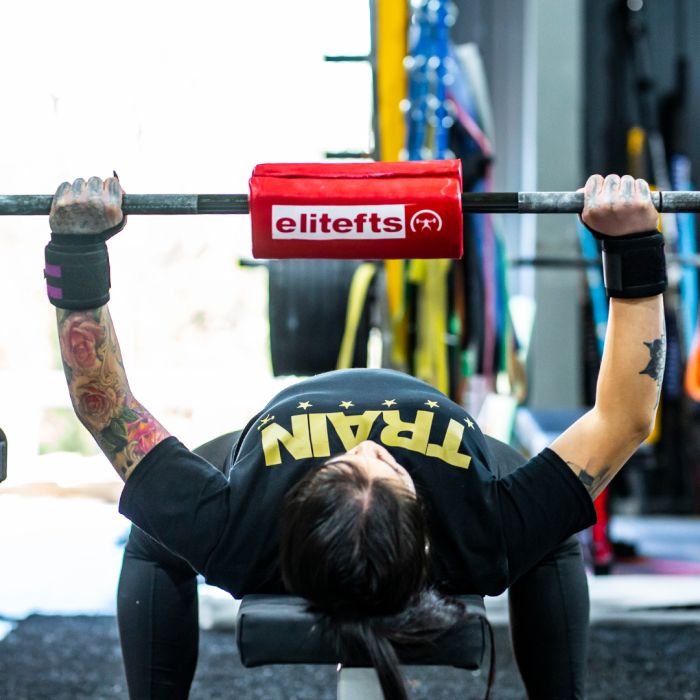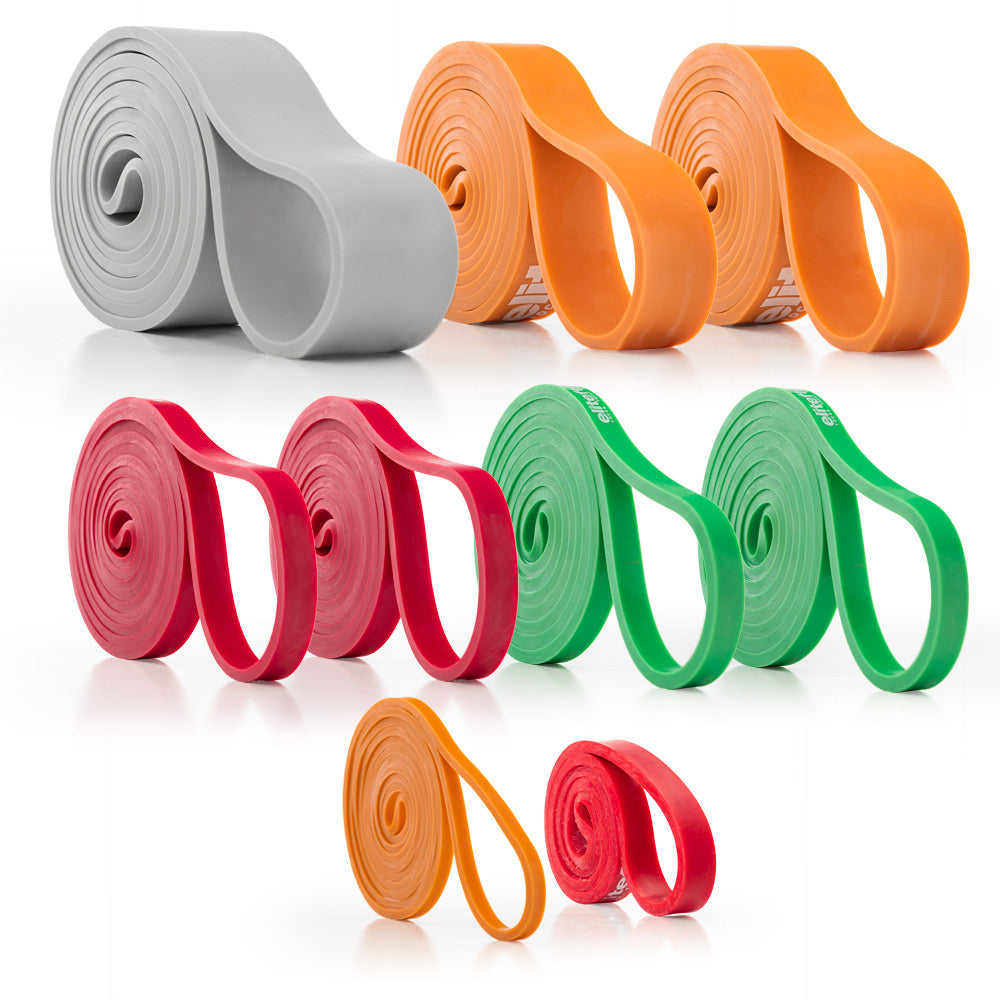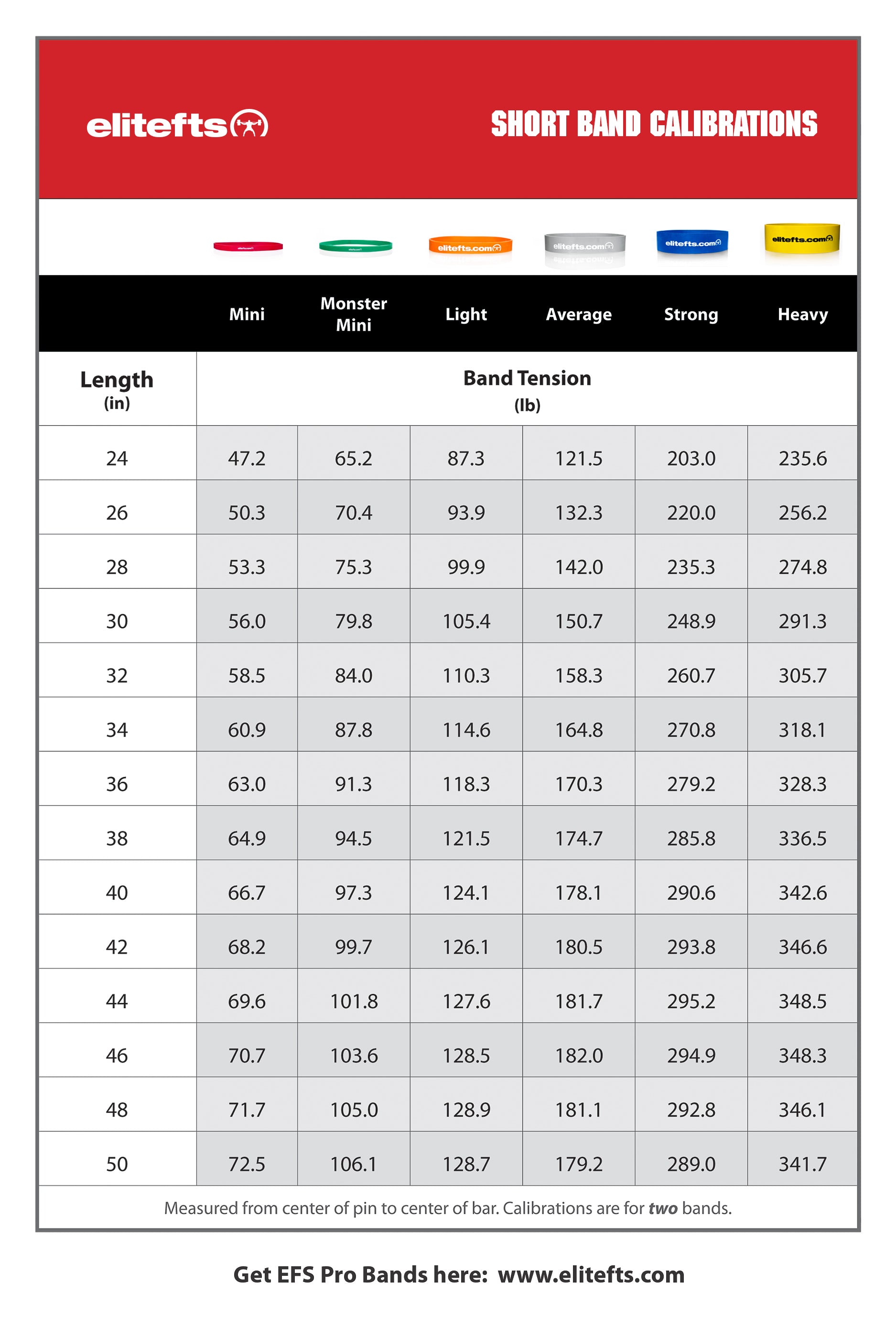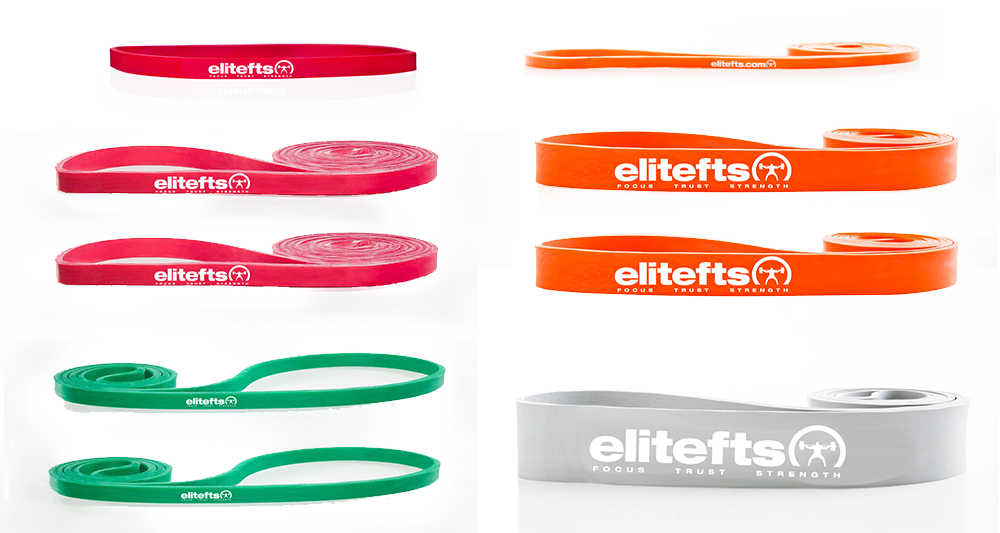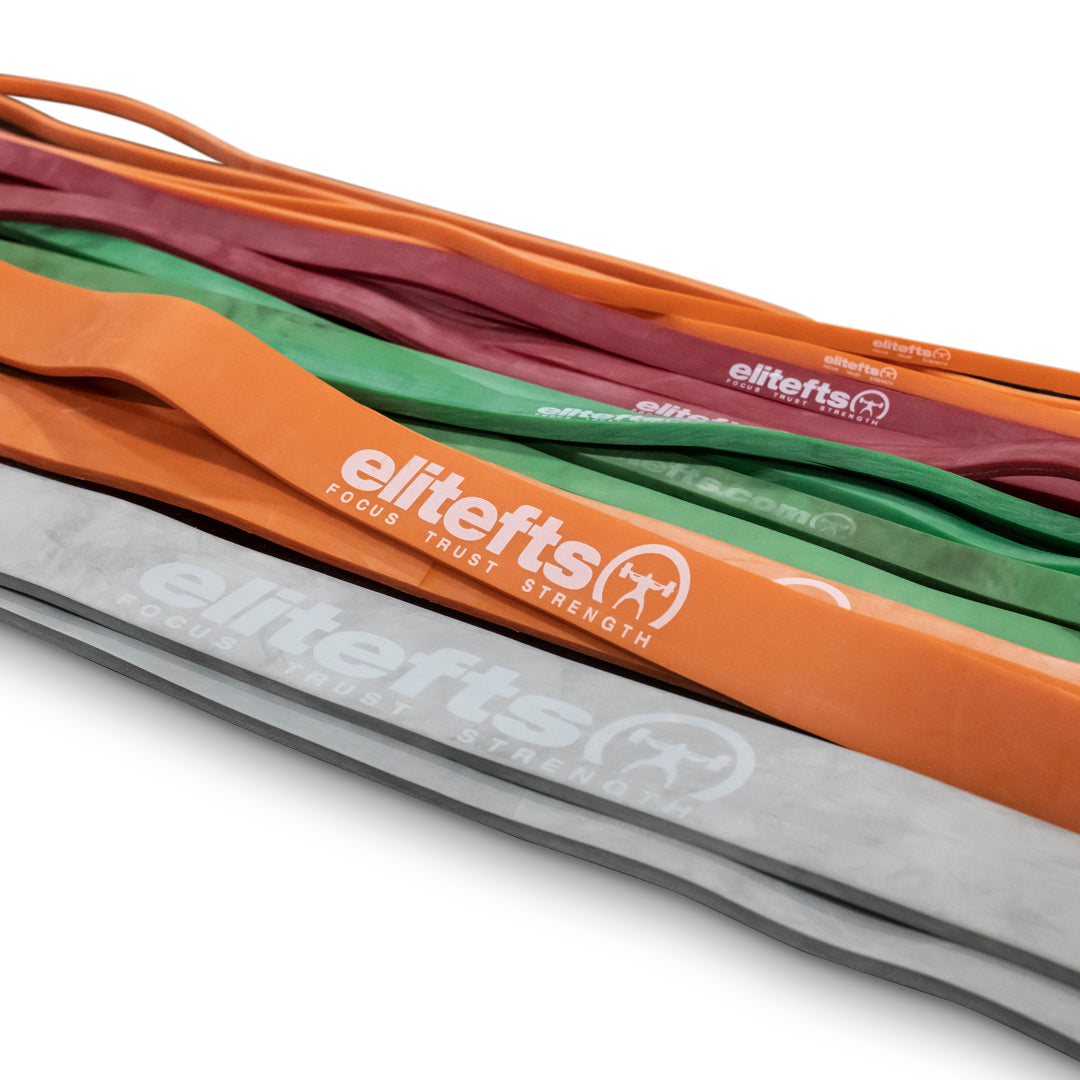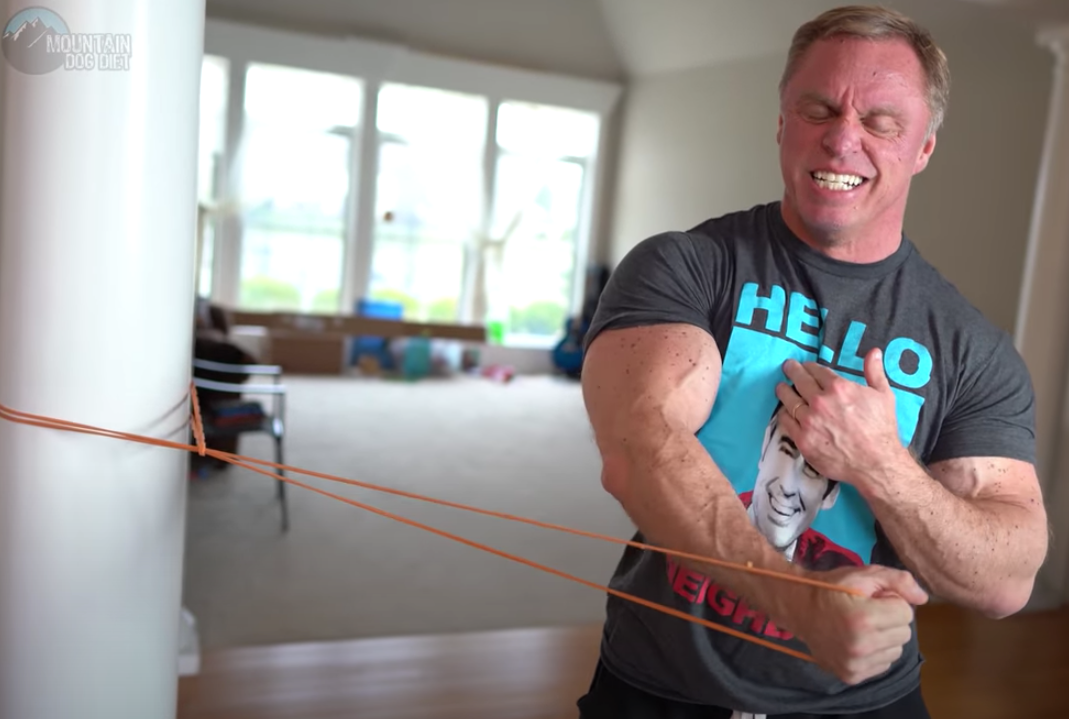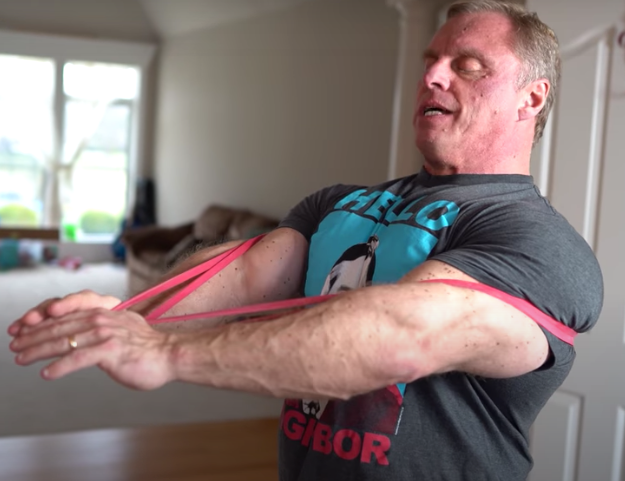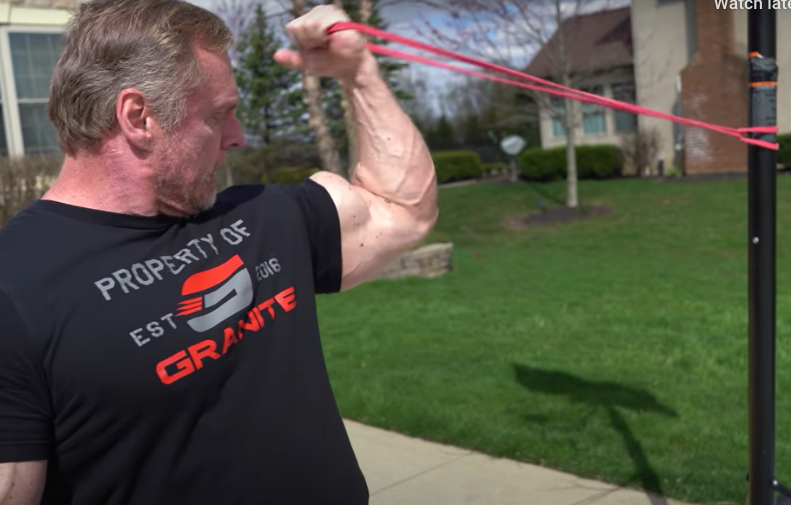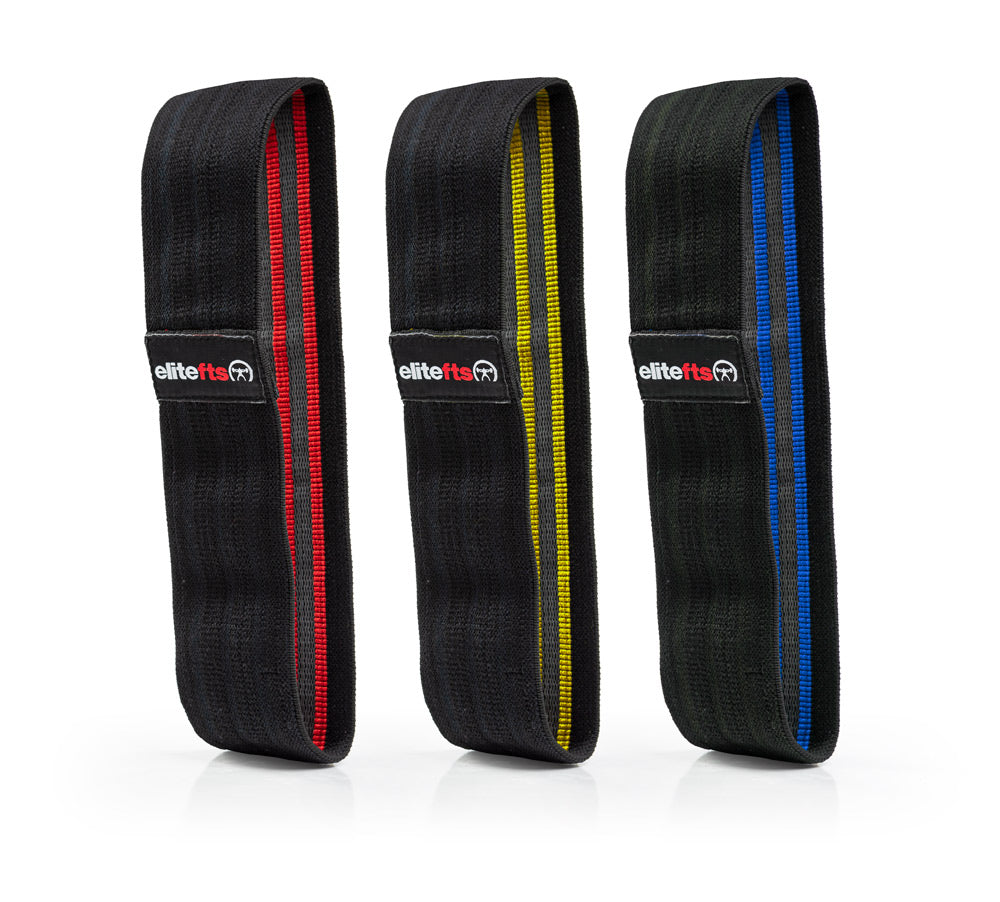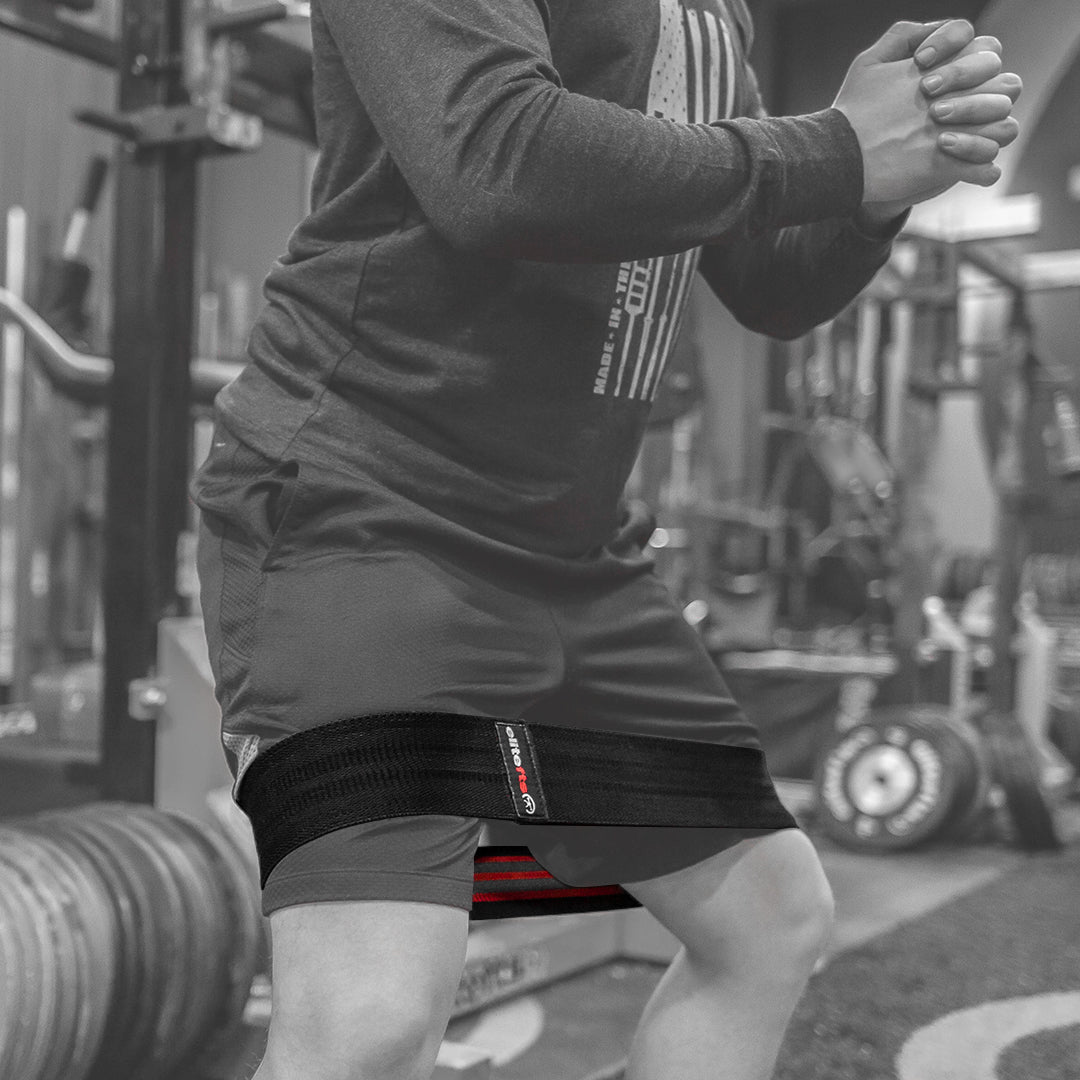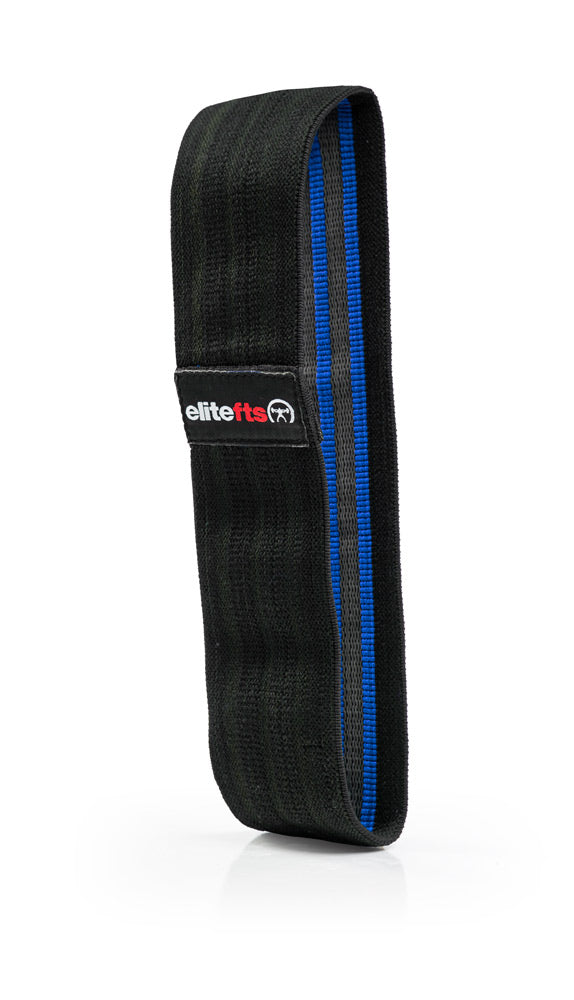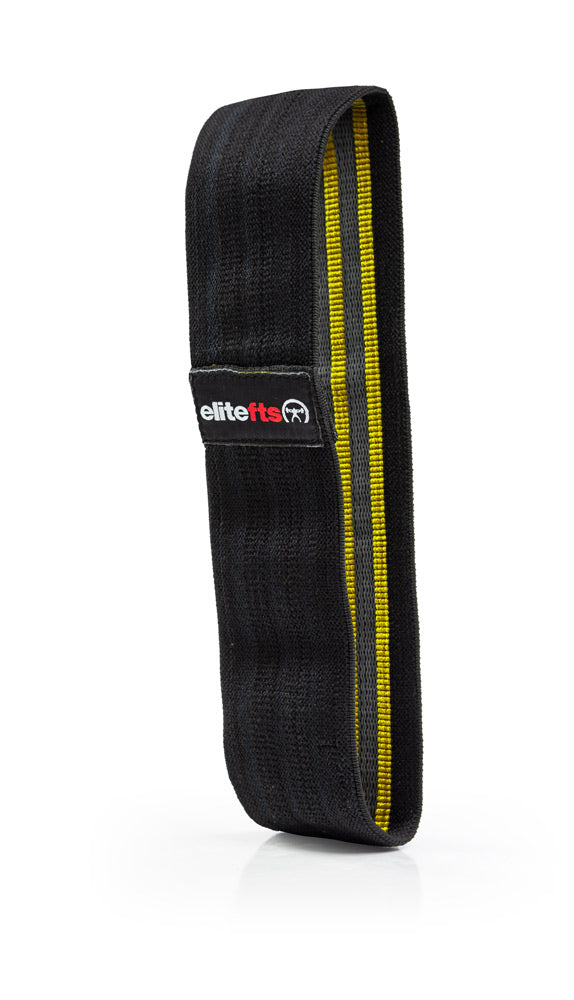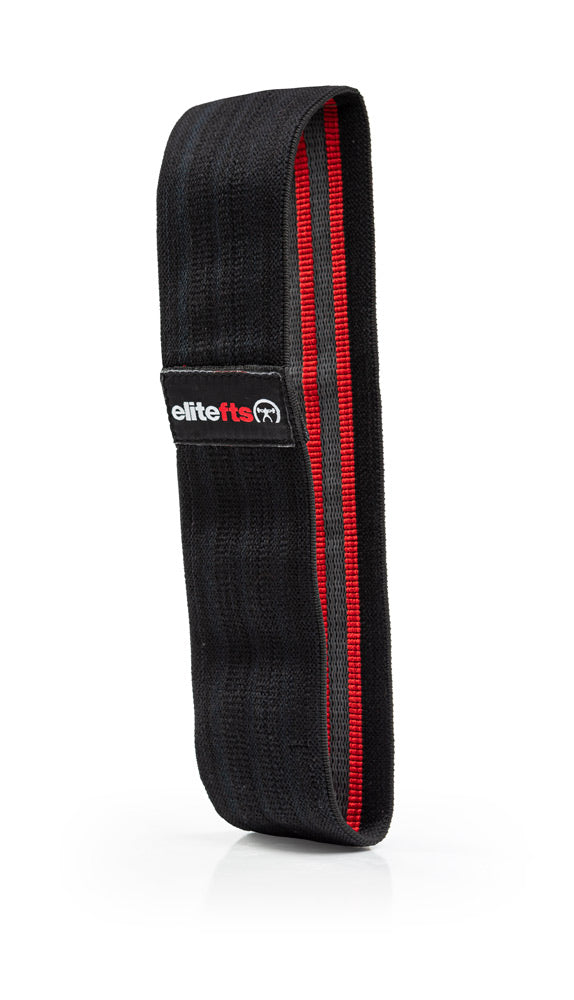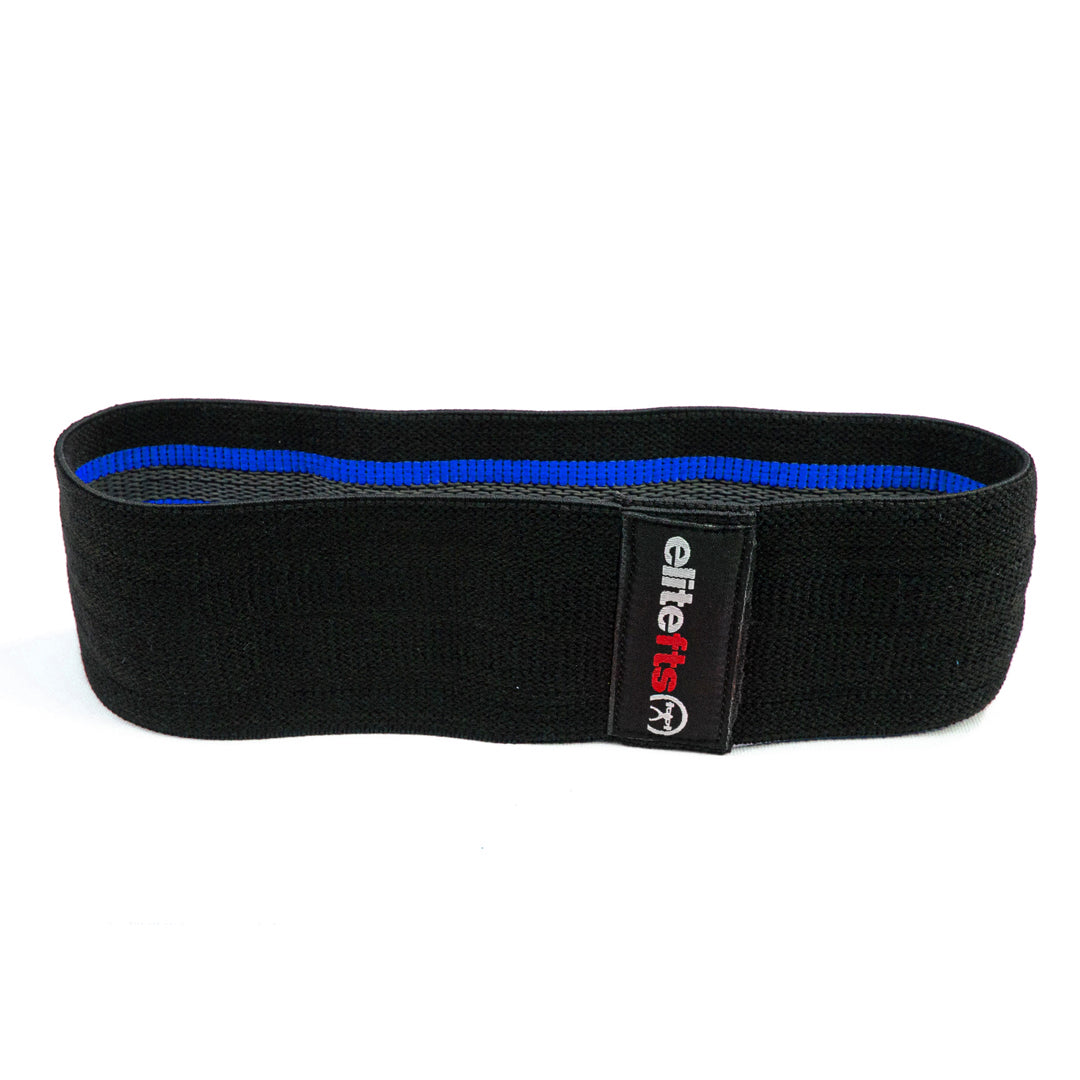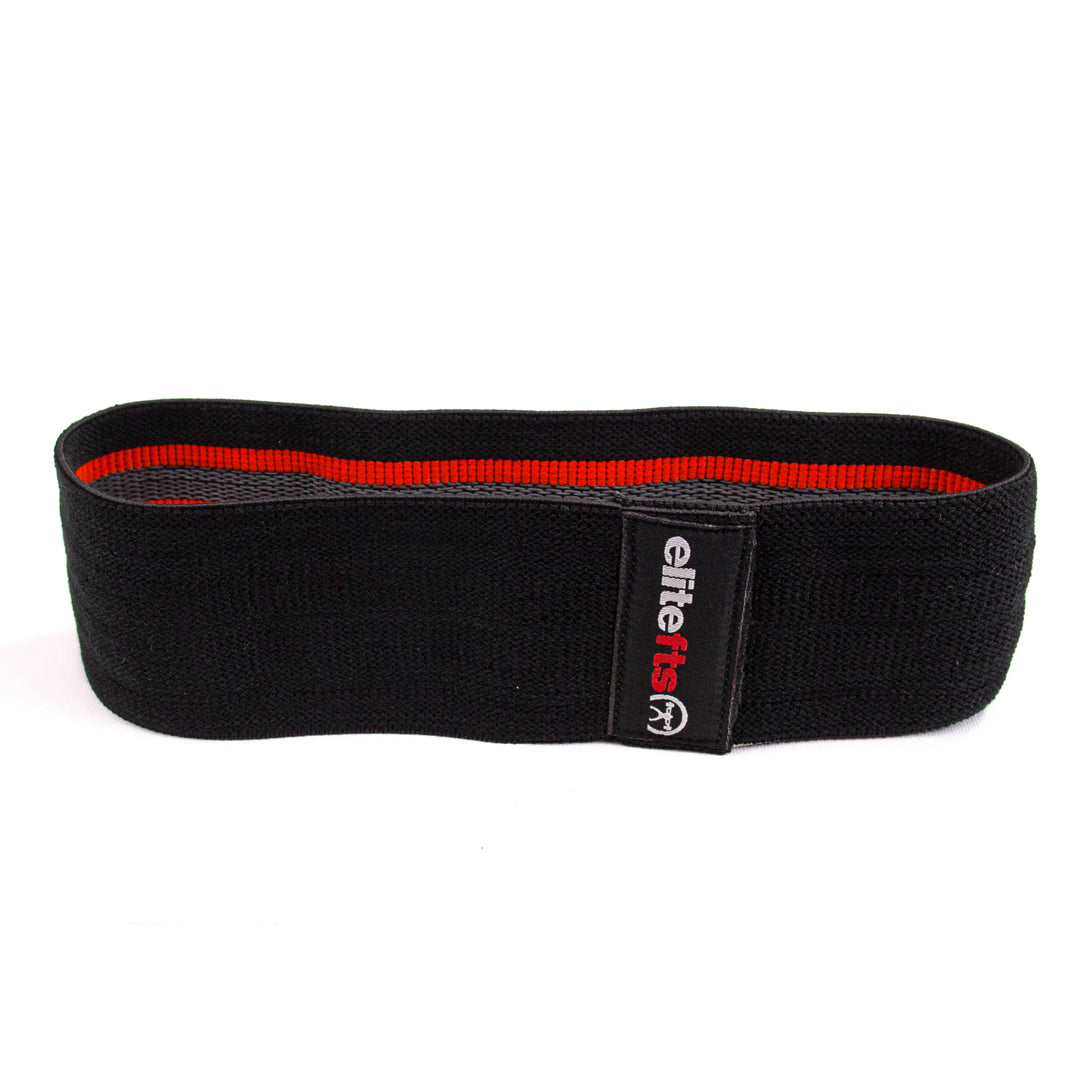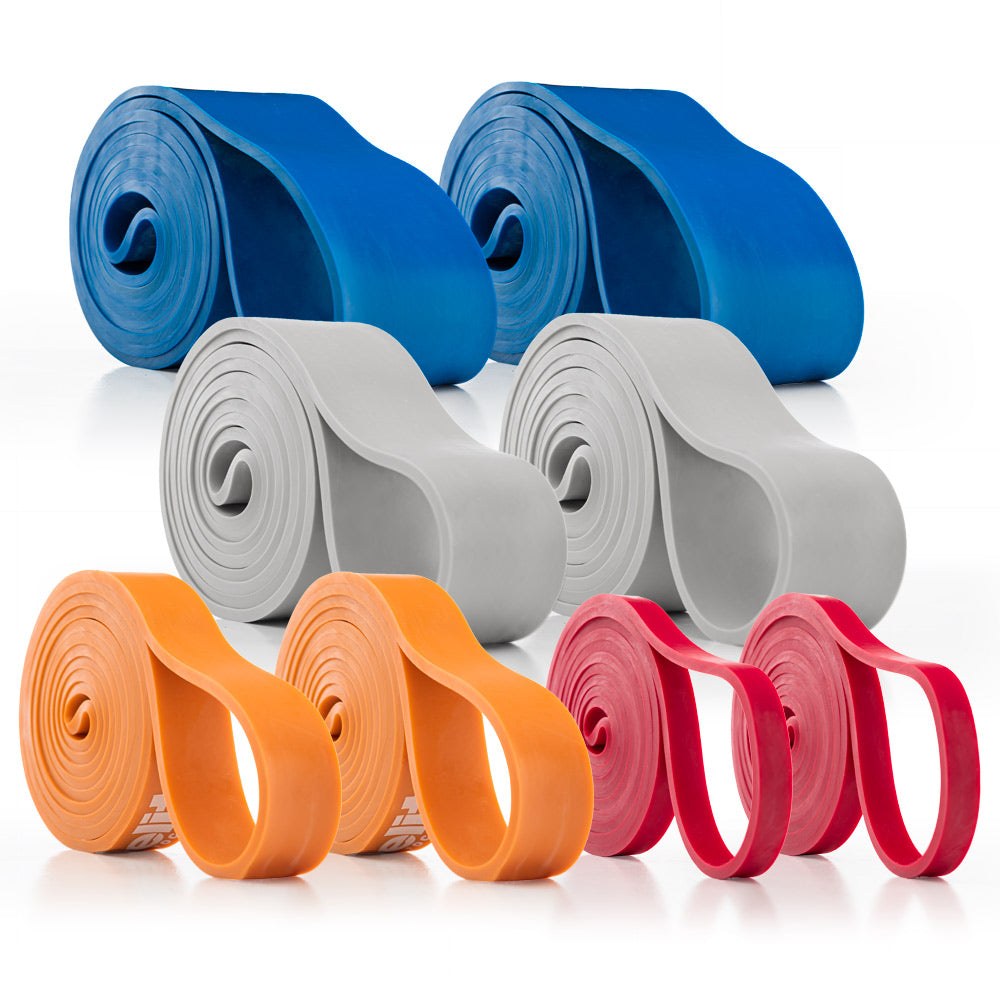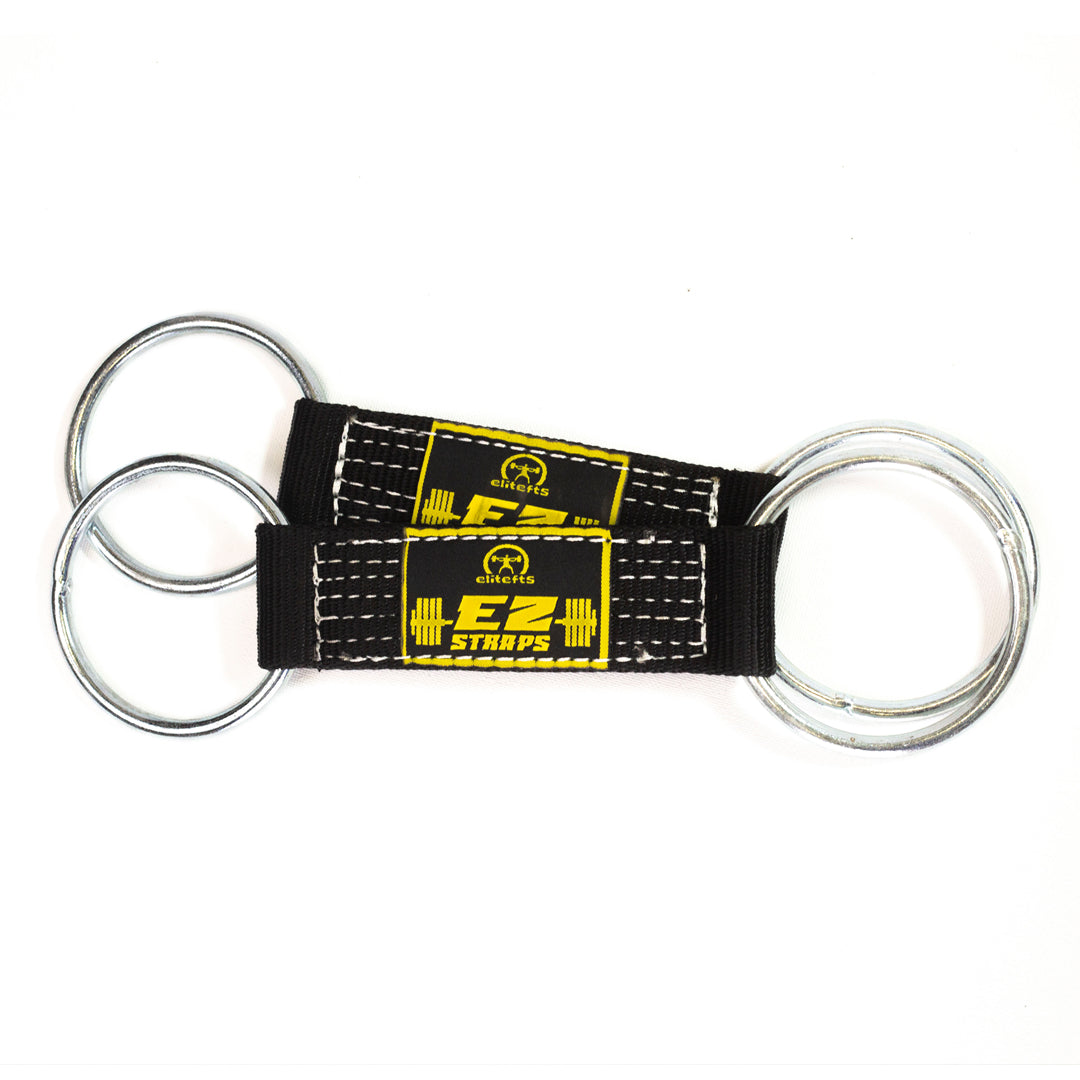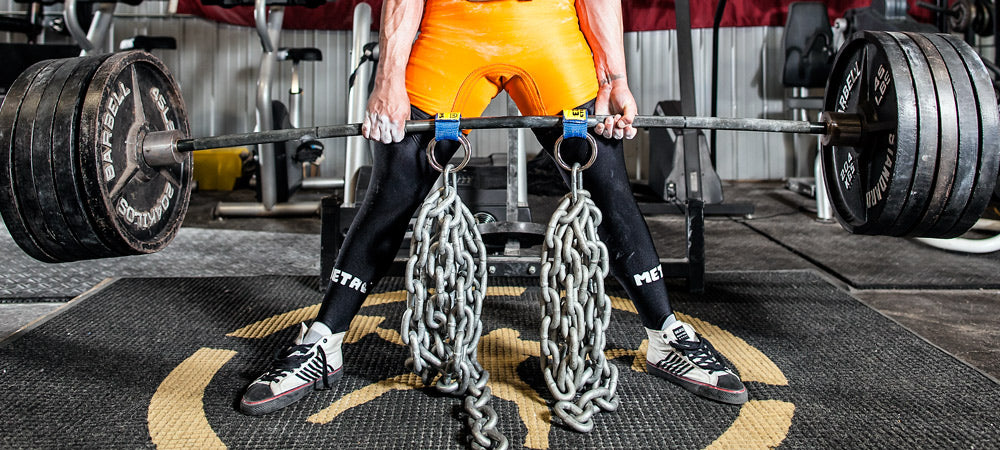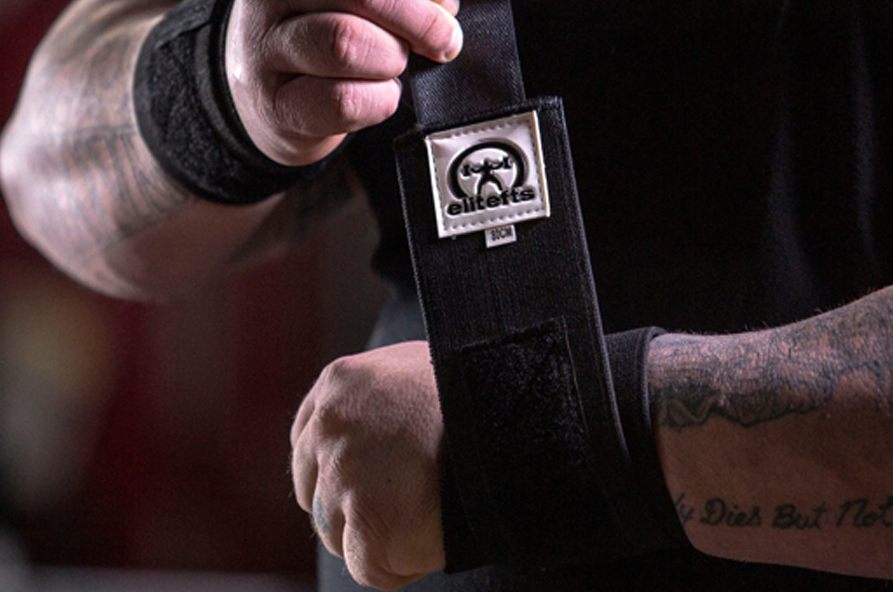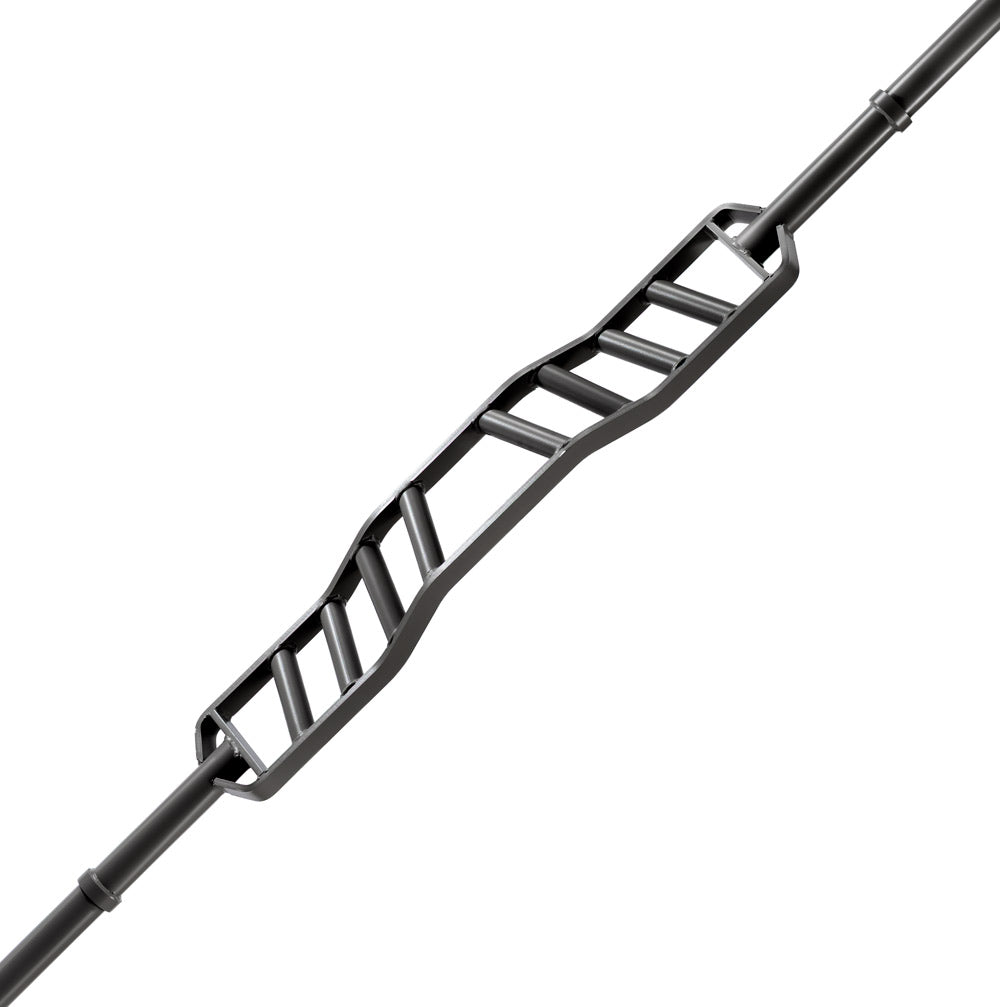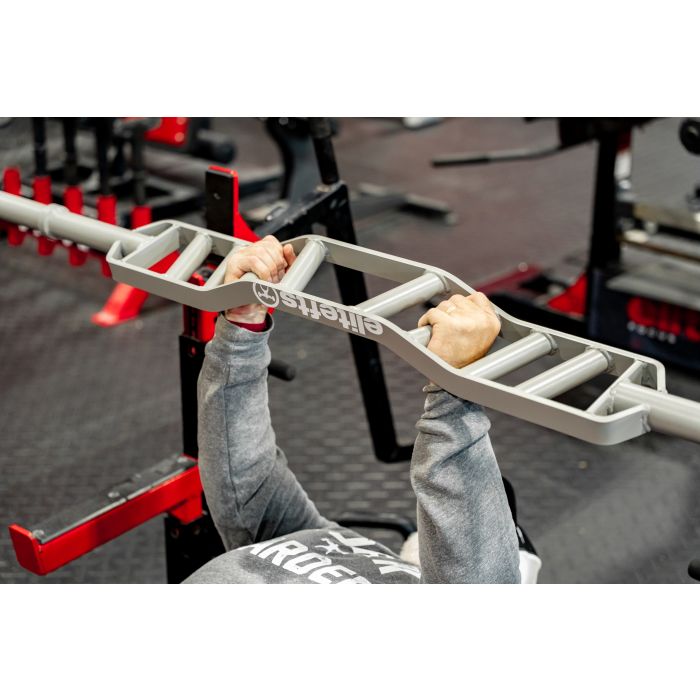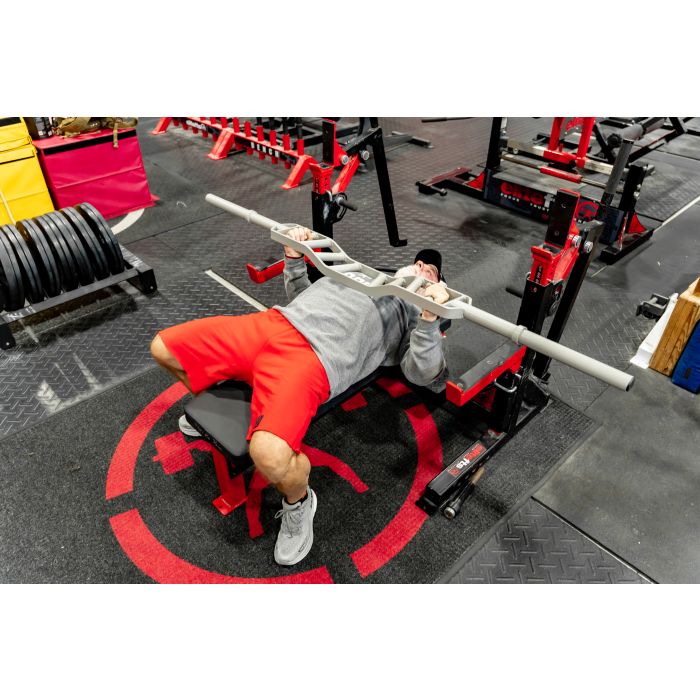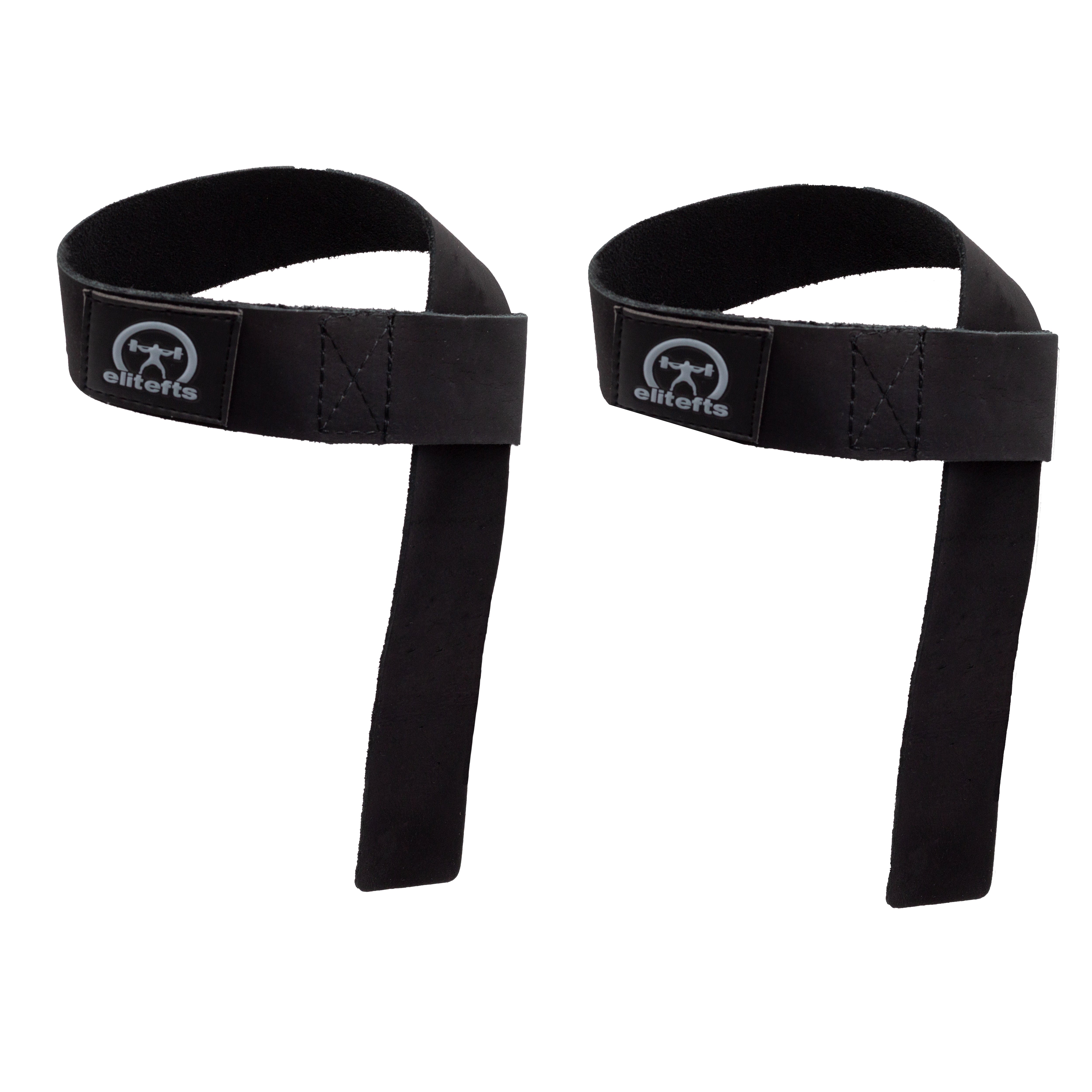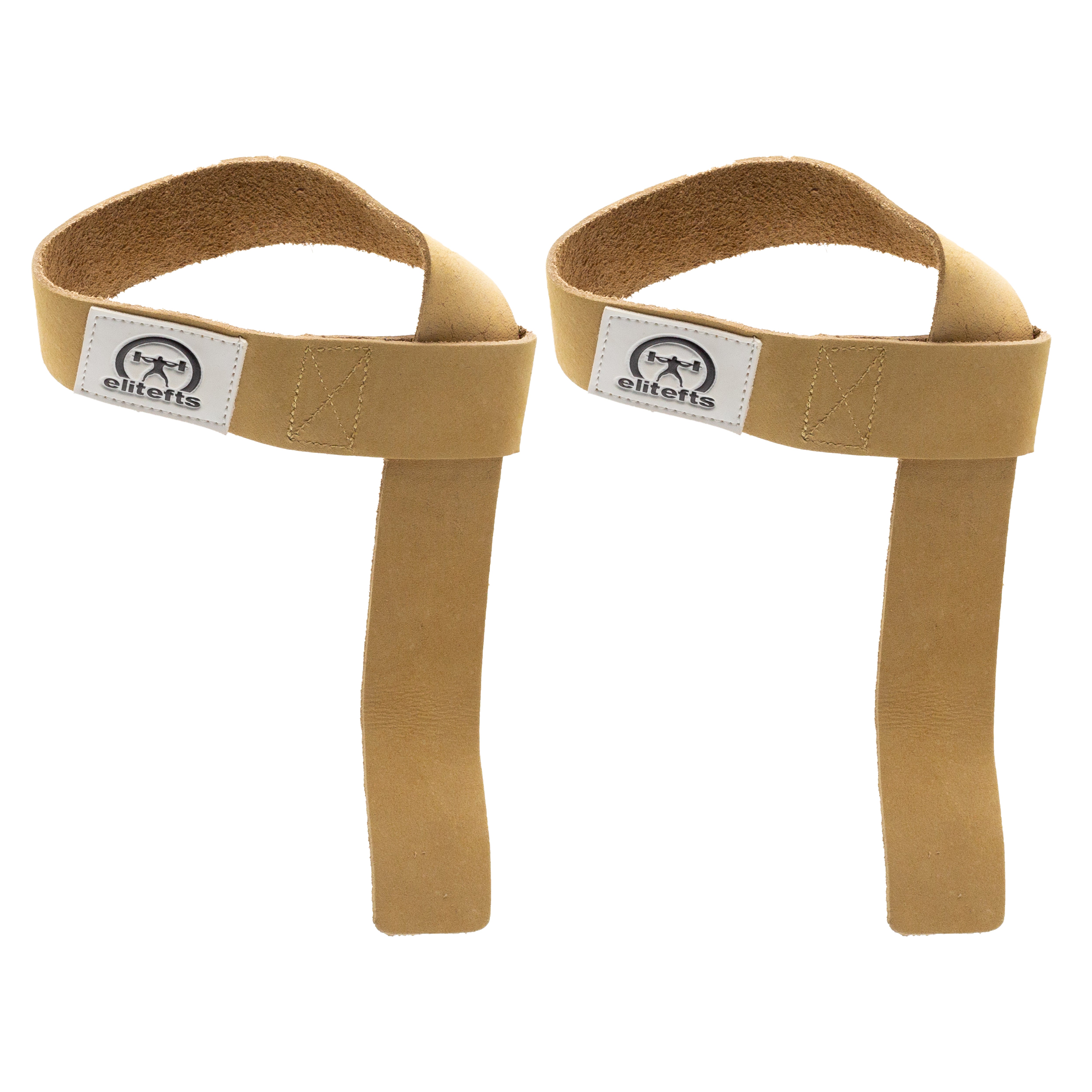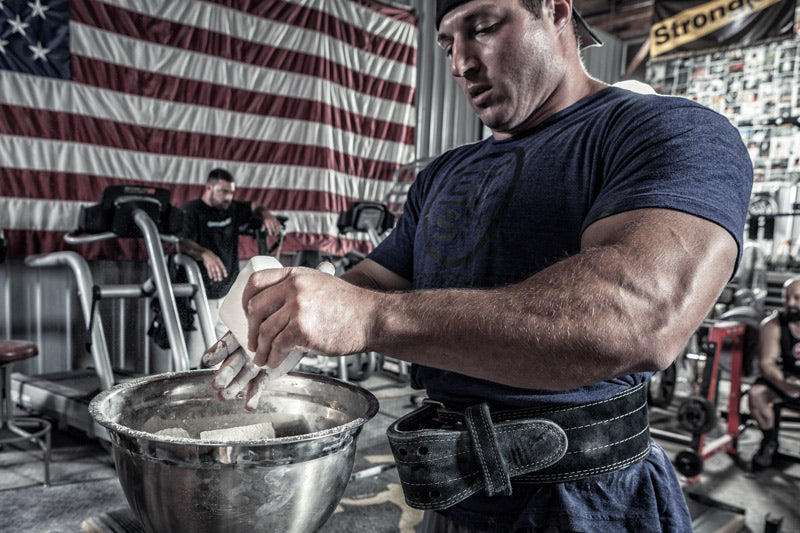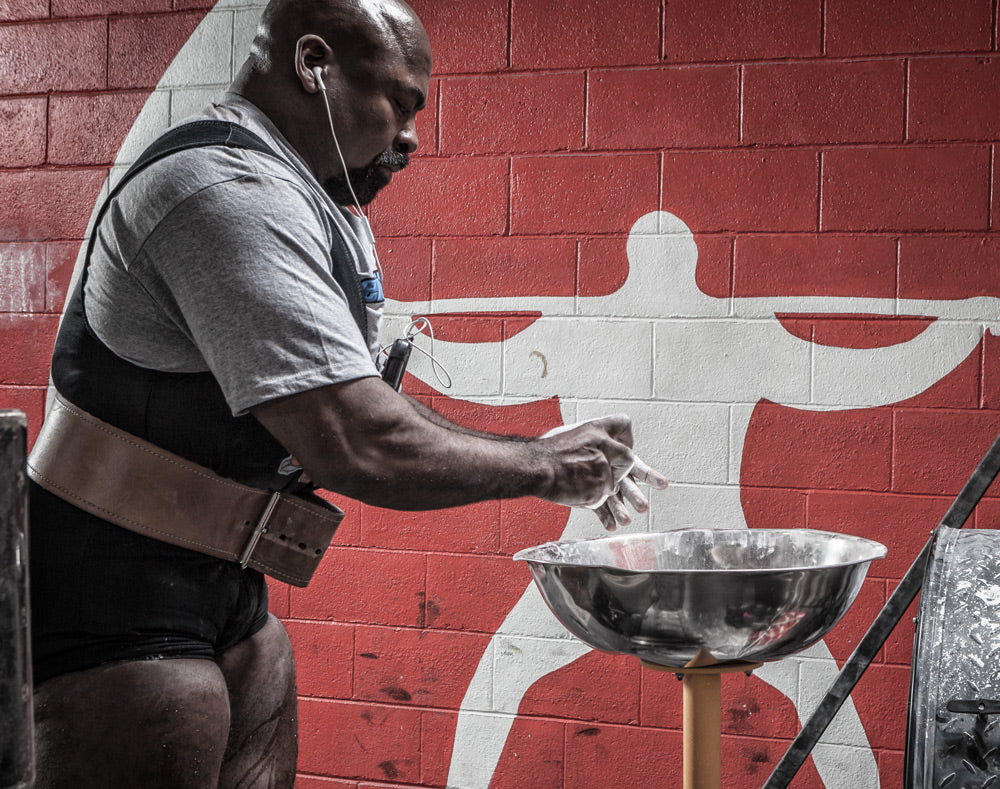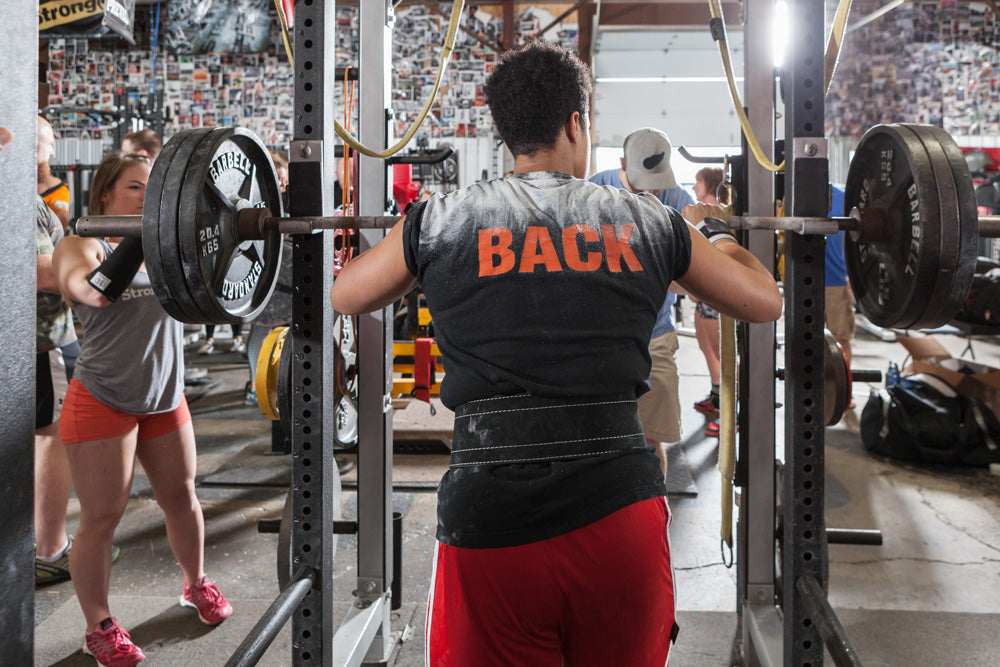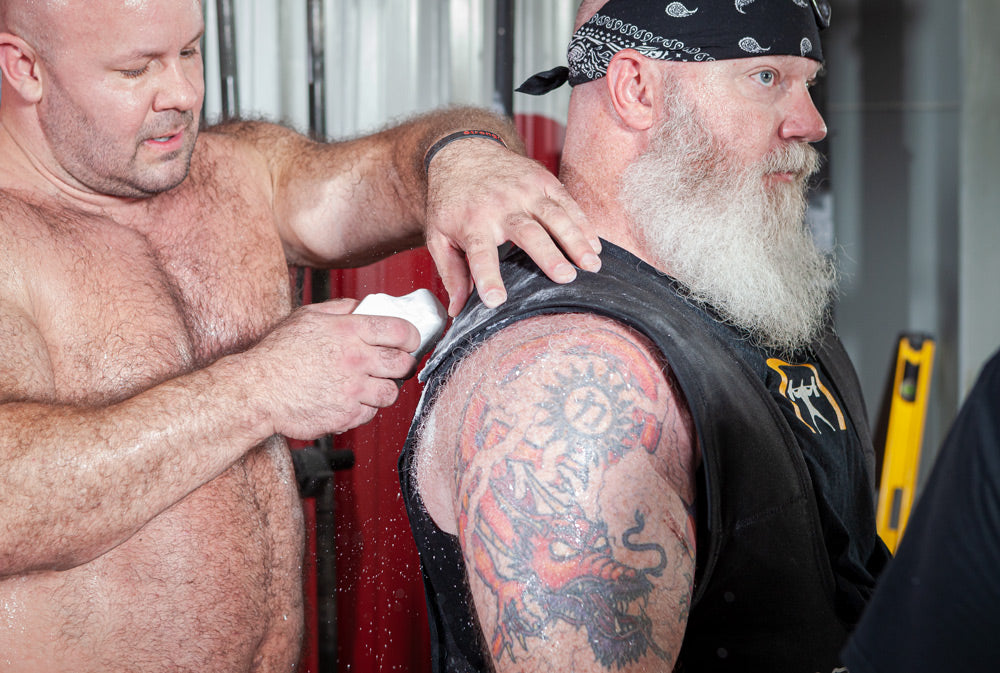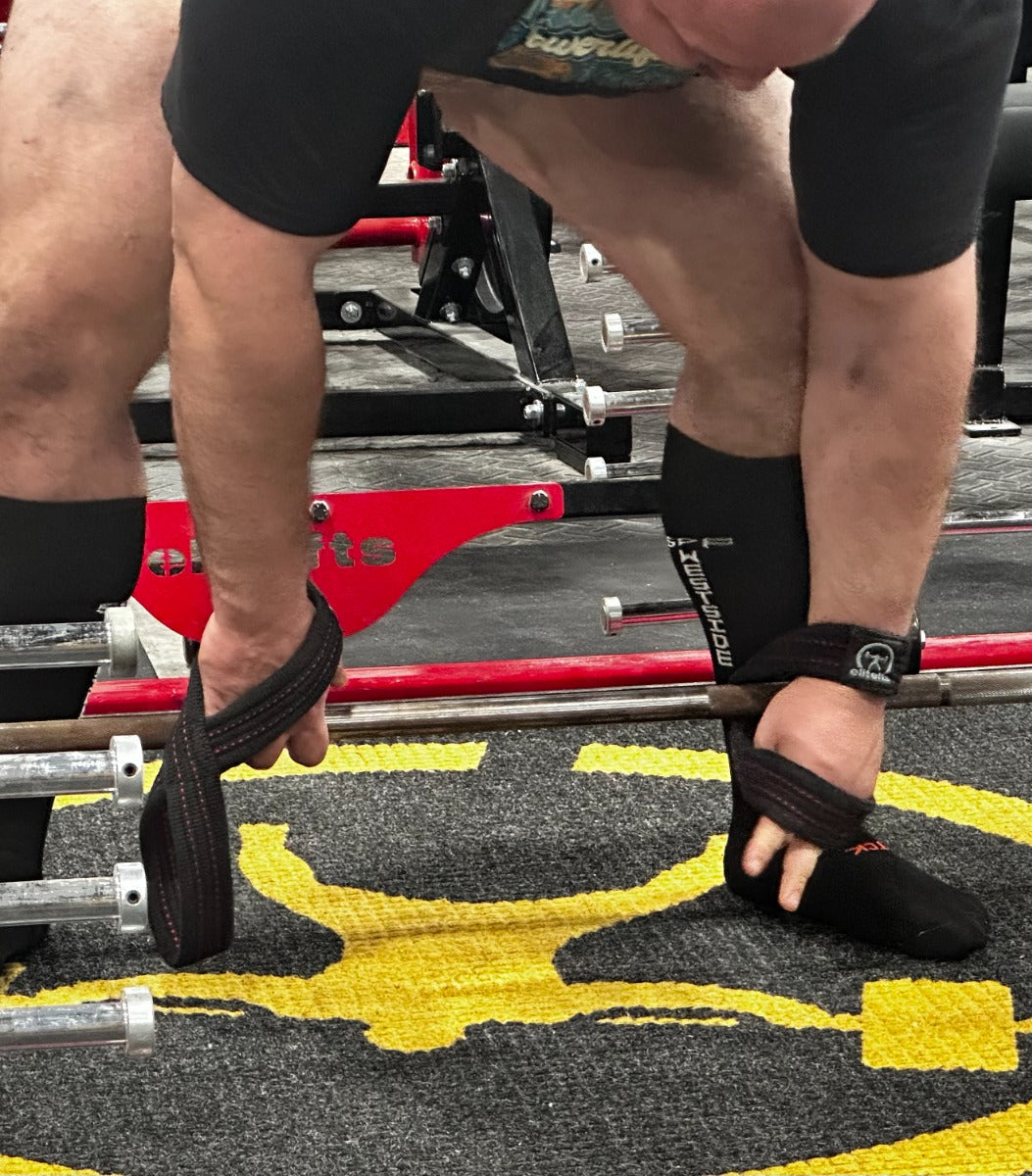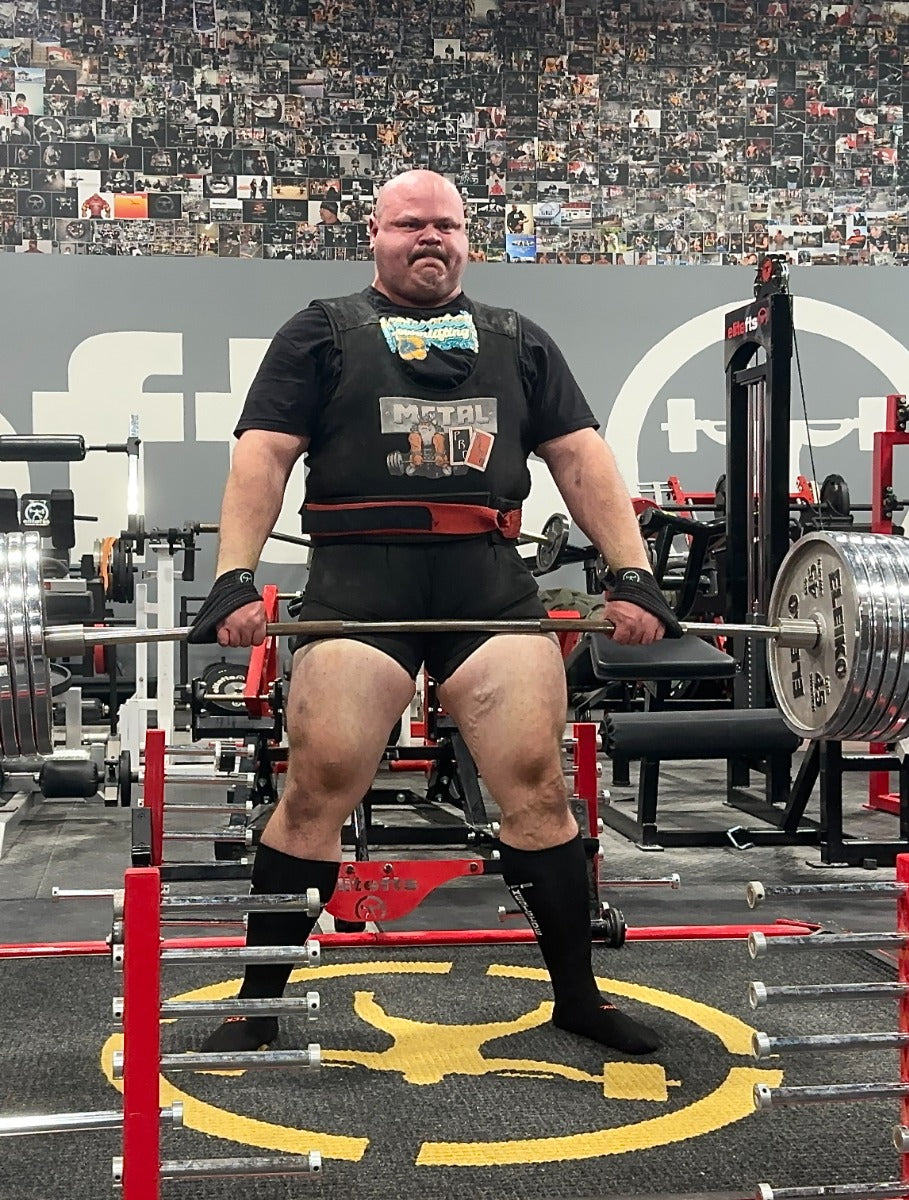Many articles about getting stronger point to being in a good training atmosphere and having good training partners. If you’re studying at a college or university, finding an environment like this can be difficult. Even more articles will correctly tell you that in order to truly be a powerlifter, you have to compete in a meet! If you’re college age, there is a good chance that you haven’t done your first meet yet. Both of these problems and others can be solved by joining a powerlifting team! By putting yourself around other people who are driven, some of whom are bound to be better than you, you'll improve much more quickly than if you trained alone. There isn't any better way to do your first meet than to have a whole crew of other guys and girls around you. For the collegiate lifter, all problems lead to one solution—a collegiate powerlifting team.
There’s only one problem here—these teams don’t exist everywhere. Sure, there are teams out there but not nearly enough to satisfy the need. Hopefully, this article will help anyone looking to start one of these teams at his or her own university.
[caption id="attachment_83844" align="aligncenter" width="600"]

Purdue Barbell competing at the USAPL Battle of the Great Lakes supported by Brandon Smitley and Casey Williams as well as (not pictured) Joe Schillero, Mario D’Amico, Alycia Israel, and Lauren Welcher.[/caption]
So how do you do it? Well, each path will be different, but there will be many similarities. Purdue Barbell will be used for most of the examples in this article because it's the path I know the best. After all, I founded it in the fall semester of 2013. In just six months we've grown from around five members to fifty members and we’ve had around fifteen lifters compete in their first sanctioned meets, not counting the other six who competed in a mock meet we held at the end of spring 2014.
Before you can do anything, you’ll need to have at least a small group of people who support starting a team. A good starting point would be four or five people. Any less than that and your university might not even recognize your interest in doing anything official. After that, you’ll need to begin the process of becoming an officially recognized organization with your university. Without being official, you can't reserve university space, use school logos, or do much else.
Here is where you’ll begin the paperwork stage. This is what most people will consider annoying, but you can’t get by without it. The degree of paperwork will vary across universities, but Purdue required things like a basic application and a constitution. In the constitution, you'll have to lay out the purpose of your organization, what defines membership, how voting is handled, and much more. This document will guide the team for years, so it's important to ensure it says exactly what you want. You don't need to be entirely legal in tone, but its logic should be clear. Changes can be made through a process that should also be laid out within the document itself, but it's important to begin with a solid foundation.
To make sure that you do a good job, remember that you don’t have to start from scratch. When writing the constitution for Purdue Barbell, I relied heavily on a small support group in addition to constitutions from other already existing collegiate powerlifting teams, which you can easily find on Google or by contacting me. By having a previous document to reference, you’ll have a great starting point that you know already works for another team. Also, having a support group around you will bring different viewpoints, aid in word phrasing, and help with proofreading.
[caption id="attachment_83845" align="aligncenter" width="600"]

Purdue Barbell competing at the NASA Indiana State meet supported by Brandon Smitley, Christian Smissen, Anthony Fontana, Meagan Pollock, and Matt Ladewski (not pictured).[/caption]
Christian Smissen, my right-hand man, and I spent a good deal of time brainstorming everything from elected positions to hopeful equipment purchases. While I did meet with Christian and other students who would be directly involved with the team upon founding, I also met up with a friend of mine who is headed to law school soon—Kelsey. She helped me get my thoughts across as well as I could. There were several times when what I said and what I meant weren't quite the same. This takeaway will be present throughout this article, but don’t overlook any resource!
At this point, you've made it pretty far, but you aren't quite there. You’ll still need to establish the administrative core of your team. You'll be at the center of this, but you'll need to surround yourself with others, too. The most important part of this step will be selecting a faculty advisor. This person will most likely be required by your university. I purposefully use the verb ‘selecting.’ Don’t get me wrong—you'll need to formally and respectfully ask for the help of a faculty member, but do your homework beforehand. Hopefully, you’ll find a faculty member who is passionate about strength sports like a leader at your campus recreation center, or at least someone who’s interested in fitness. For Purdue Barbell, I asked the director of strength and conditioning at Purdue Rec Sports, Allison Morgan, to be the advisor. She was kind enough to accept and has been a great help ever since, especially with administrative tasks. Once you have the advisor in place, you’re only left to fill ‘officer’ positions. Most universities will require a president, secretary, and treasurer or something along those lines. I added a vice president, meet coordinator, and quartermaster to that list, but additions aren’t necessary.
You may have several other small tasks to do before you’re an approved organization with your university, but those will vary from school to school and should be fairly self-explanatory. So now what? Now it’s time to start doing the important stuff! There are other things that need to be done, but this is where the process get fun!
Whether you know it or not, you’ve started a “brand.” Now it’s time to grow the team’s name and get in the public eye to raise membership. Hold a callout where you advertise about the club for a couple weeks and then host an open house about the team. Another way to grow the team’s brand is to make T-shirts, lots of them. You can see Purdue’s in the photos here. We have had so many people inquire about the club saying that they spoke to someone wearing a shirt in the gym and wanted more information. T-shirts will double as a team builder because they'll promote unity and camaraderie among team members.
[caption id="attachment_83846" align="aligncenter" width="600"]

Purdue Barbell after training at the Region Barbell Club on a Friday night.[/caption]
Find others who have already been successful in creating their own collegiate powerlifting teams and their own brand. Dmitry Tumin of Buckeye Barbell and Jeffrey ParStar-er of Penn State Powerlifting were a great help to me. Soon after founding Purdue Barbell, I spoke with each of them on the phone for several hours. I still have many pages of notes that I took from the conversations, which served as fantastic guides.
With your new brand, it helps to have something to actually sell. This means have a coach, a way you all train together, and/or team equipment. The best way that Purdue Barbell has done this was to bring Brandon Smitley on as the coach. Soon after the club started, he got wind of it and got in touch with me. One thing led to another and he decided to come up to Purdue to train with us one weekend. Brandon and I continued to talk, and after he handled me at a meet in December, I decided to start working with him personally. After experiencing what he had to offer, he and I worked out a team rate so that the whole team could take advantage of the great opportunity. When we started this semester, we had nine members who also signed on for coaching. At the end, we had over twenty. Needless to say, having an elite and expert coach has certainly helped increase team membership.
So you’ve done the paperwork and recruited members. Now what? Get them on the platform! After all, this is powerlifting, right?
Find nearby competitions. Purdue Barbell has sent lifters to NASA, USAPL, and unsanctioned meets. Don’t let an alliance to a single federation hinder your team. Constantly evaluate what you want from a federation and go from there. There are a couple federations that include collegiate divisions and that’s a plus, but make sure to keep this about the lifters, not the federation.
If all your members can’t do a sanctioned meet for one reason or another over the course of a semester, host a mock meet! At the end of this spring semester, Purdue Barbell hosted a mock meet in the student rec center for anyone who hadn’t been able to compete yet. We had seven compete and they had a great time. They got to taste a little bit of what a meet is like and it built camaraderie. Not only that, but I invited Matt and Julia Ladewski and Brandon Smitley to come run and judge the meet. It turned out great. The competitors got to taste competition, have fun, and interact with some of the best lifters and coaches out there.
[caption id="attachment_83847" align="aligncenter" width="600"]

Purdue Barbell competing at the Region Barbell Club’s grand opening deadlift only meet supported by Jon Carey.[/caption]
As the leader of the team, it is most important to understand that it never hurts to ask. If there is anything that I've learned, it's that I should always ask, whether it’s inviting an elite lifter to handle at a meet, asking if you can go train at a local (or not so local) powerlifting gym, or inquiring about hosting a seminar with a professional. I have done all those things, and the answer has always been an enthusiastic “yes.”
For example, Purdue Barbell held a seminar with Matt and Julia Ladewski, trained at the Region Barbell Club several times, and hosted Brandon for a seminar at Purdue. Brandon has been to four meets this semester alone while Matt Ladewski, Casey Williams, and Joe Schillero have come out to at least one meet to help the team. While these guys will no doubt offer great advice and coaching to your team, they also serve as great role models. By constantly surrounding your team with elite level lifters, your team will improve by leaps and bounds.
Don’t forget to develop a great reputation around campus. How you are perceived by the other students will help possible new members decide if they want to get involved or not. If you’re known for being a smart and hardworking group, membership can’t do anything but grow! On the other hand, if people would describe the team as rude, egotistical, or disrespectful, no one will want to be a part of that. Also remember that in order to succeed in the long term, you can’t just assemble the guys and girls who are currently the strongest around. Be sure to gather and recruit those who work hard and continually improve. Year after year, the team will improve as the individual members do.
A great way to help everyone improve is to train together as a team. Form some training crews! At least set up as many training partners as you can. Each partner will be able to critique form, spot, and motivate the other. Beware of talking too much, which is something I learned the hard way. When the club had just started, my training partner and I would spend two and a half hours in the gym because of all the chatter. This stage is necessary, but be mindful to create an environment serious enough to put up some heavy weights but fun enough to be enjoyable. Try to get to know each other outside the gym, not just between sets. The important thing here is to find a balance, something that can only be done through trial and error.
In closing, as the founder, you’ll have to take care of the business side of the team, but you’re also the “team captain” of sorts. That means you had better be in there gettin’ hooge! It doesn’t matter if you have the lowest total on the team. You just need to be in there working smart and working hard. If the leader isn’t working, why would the rest of the team want to follow? I spoke with Harry Selkow several times at Learn to Train 8. He asked me what I thought a leader was, quickly following up by saying, “A leader is anyone with followers.” Remember that none of this works if you don’t have followers, but you have to earn them!

